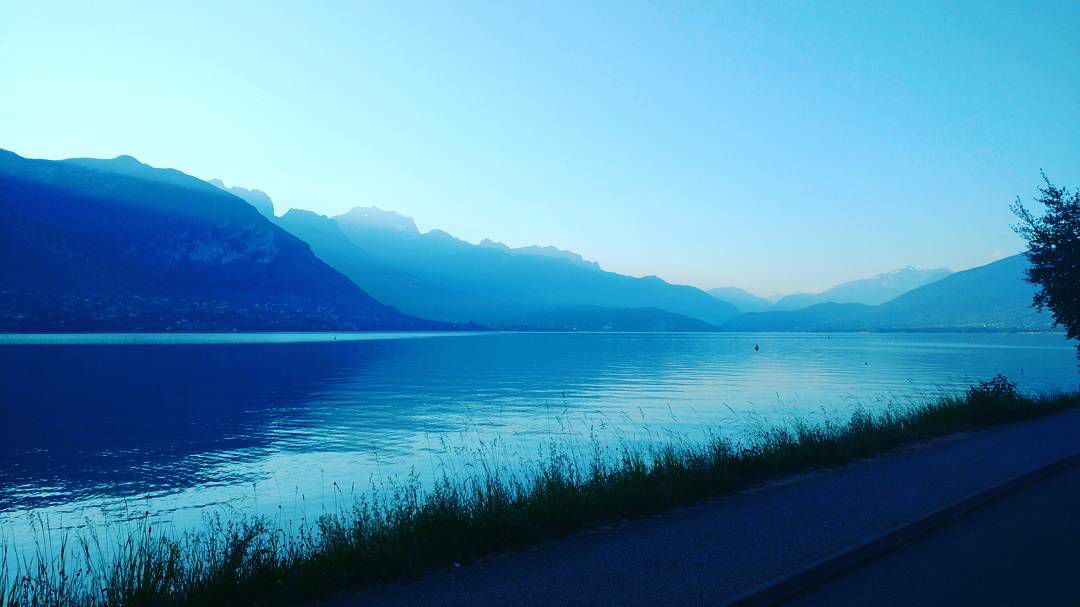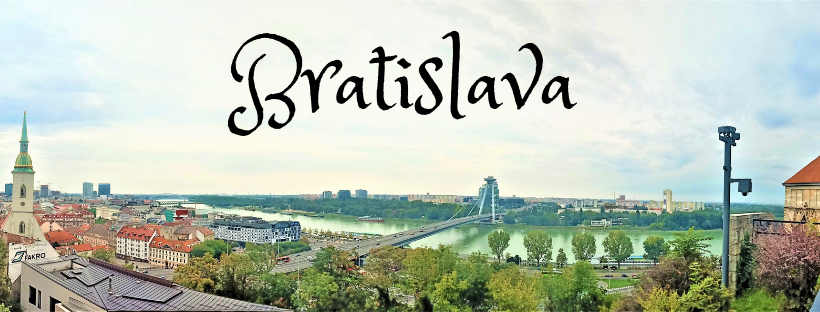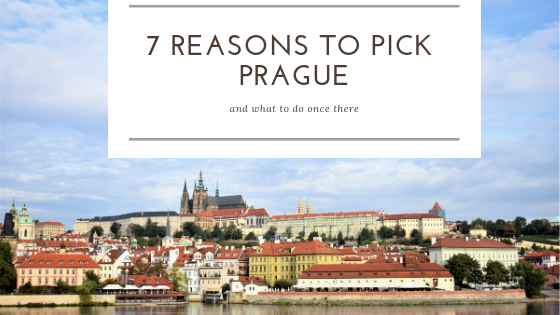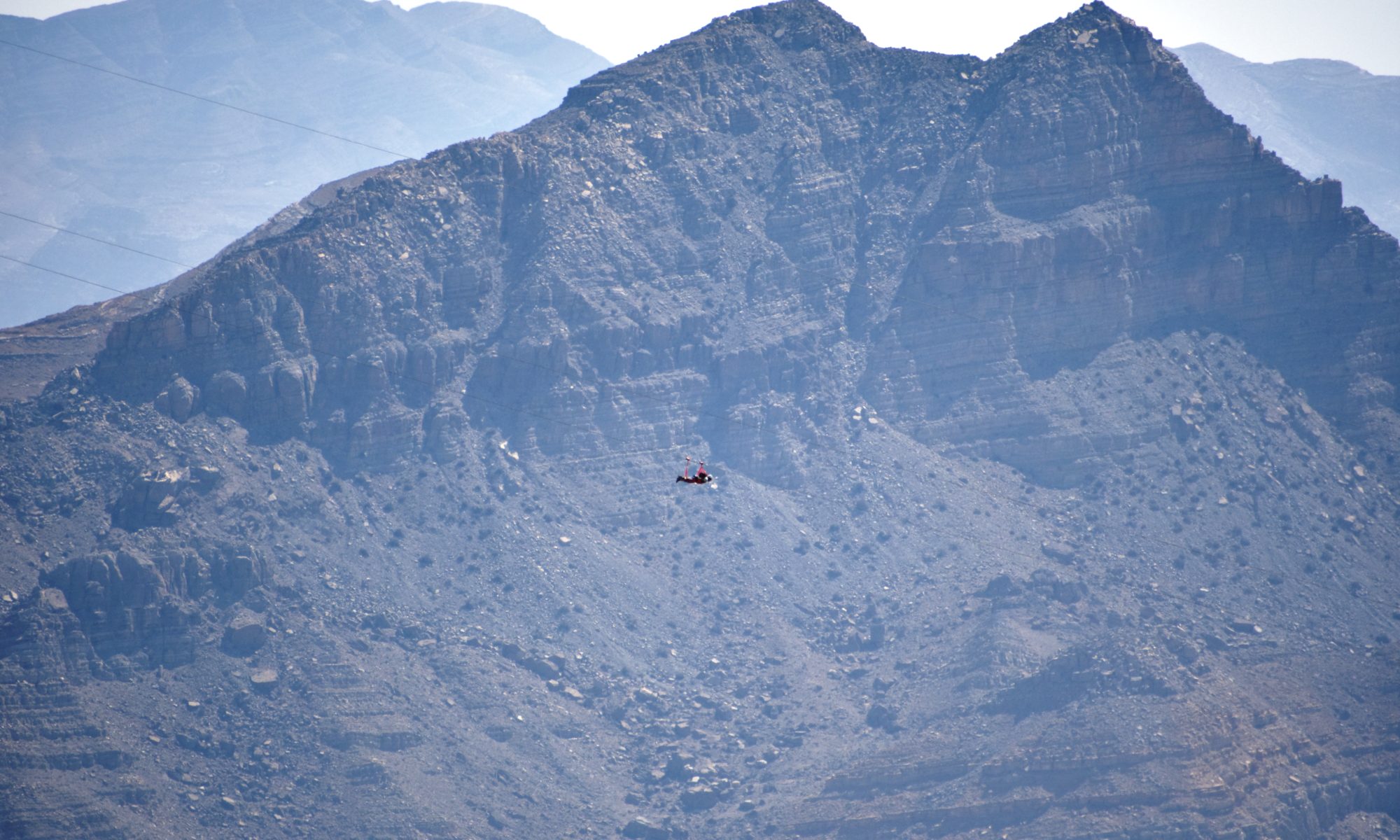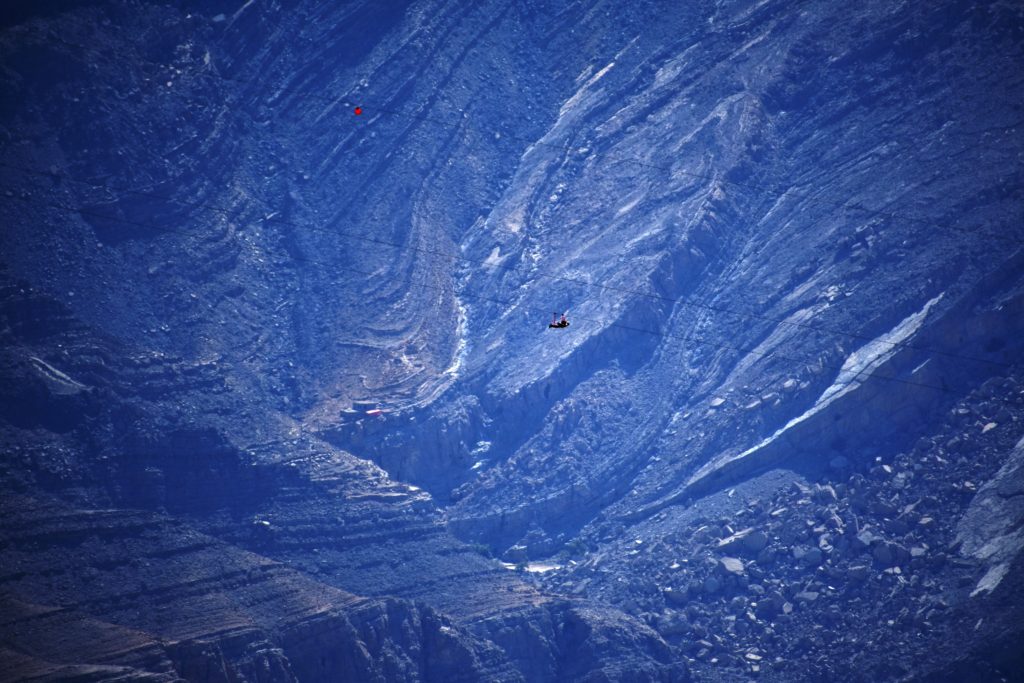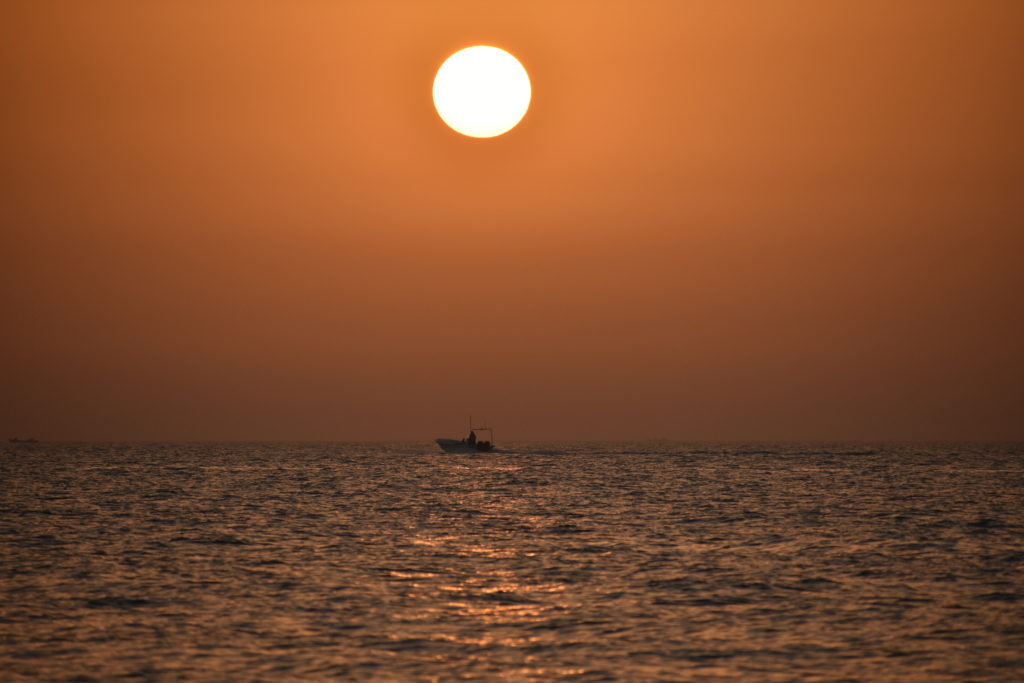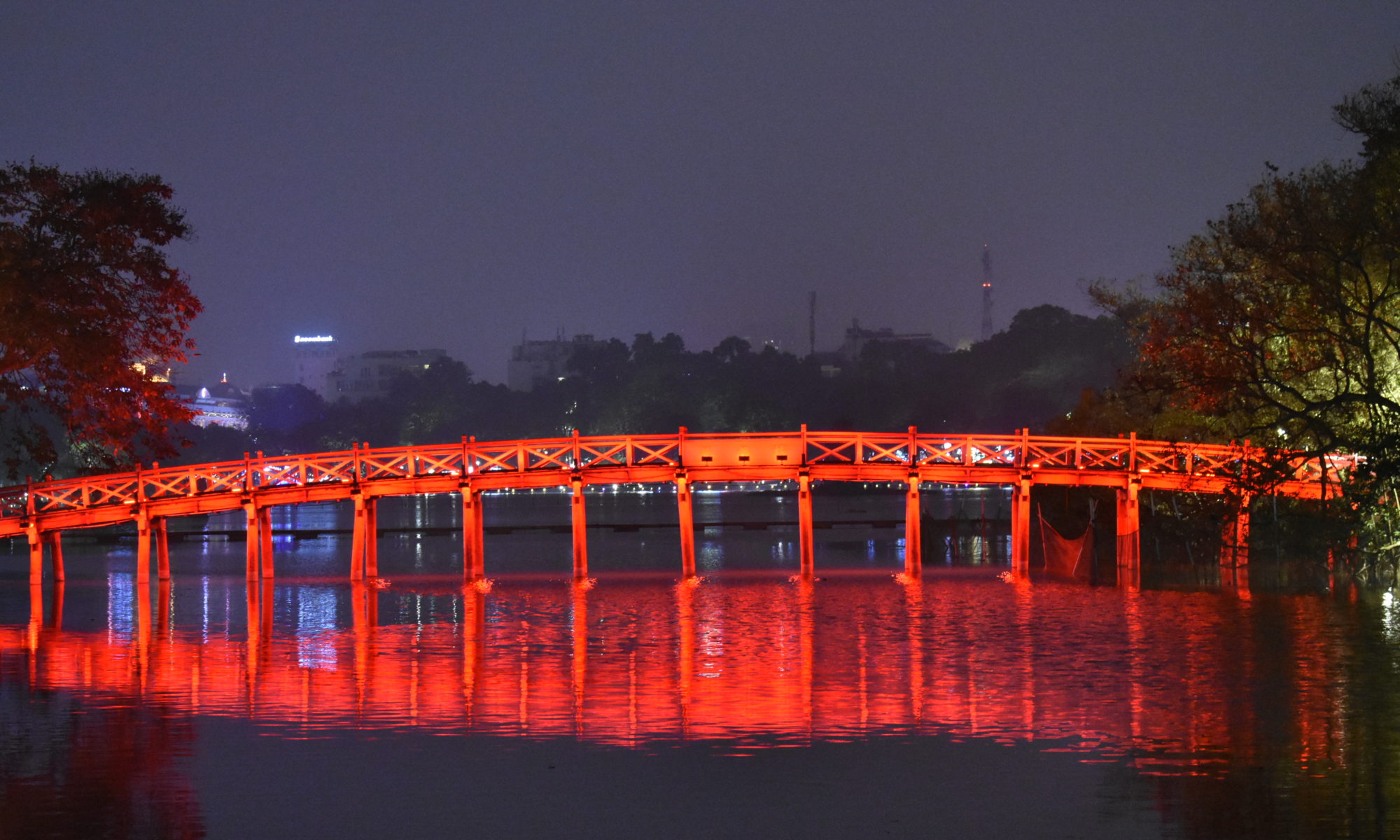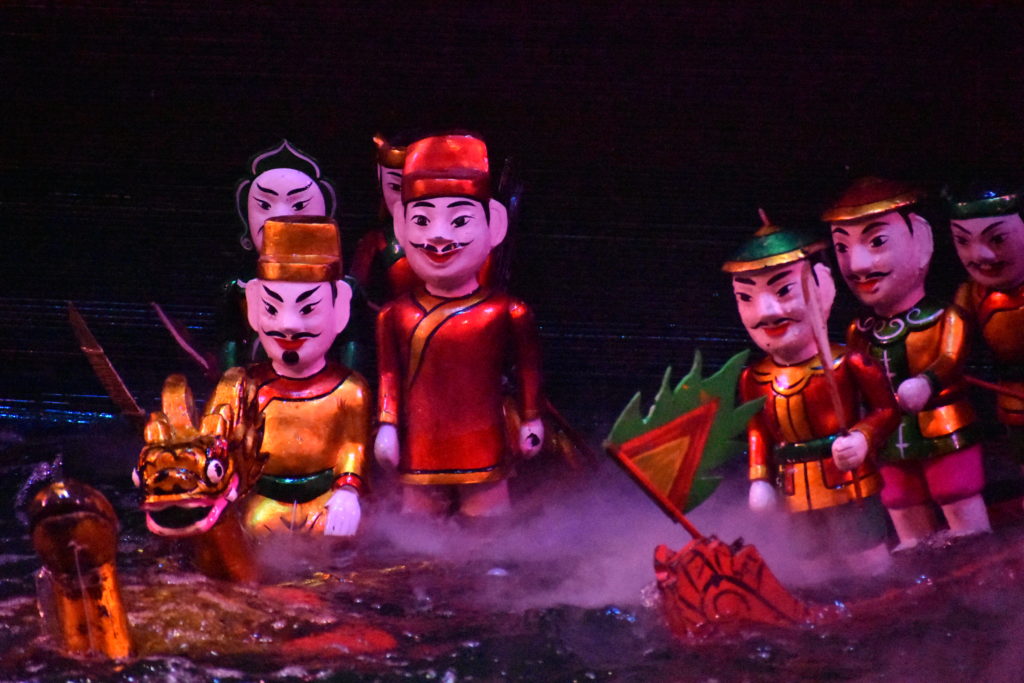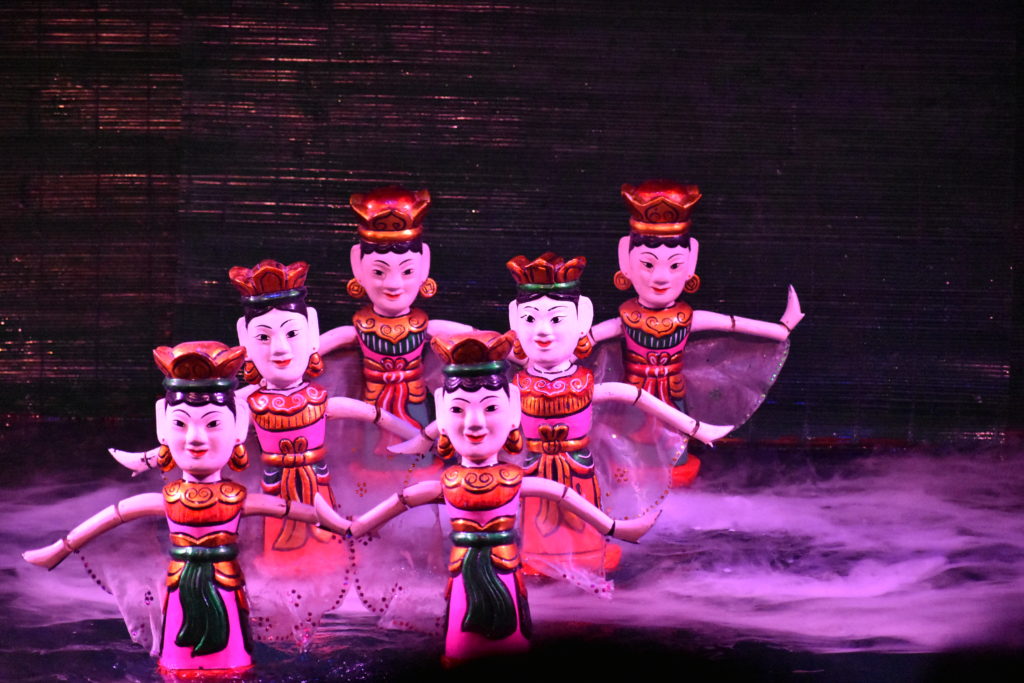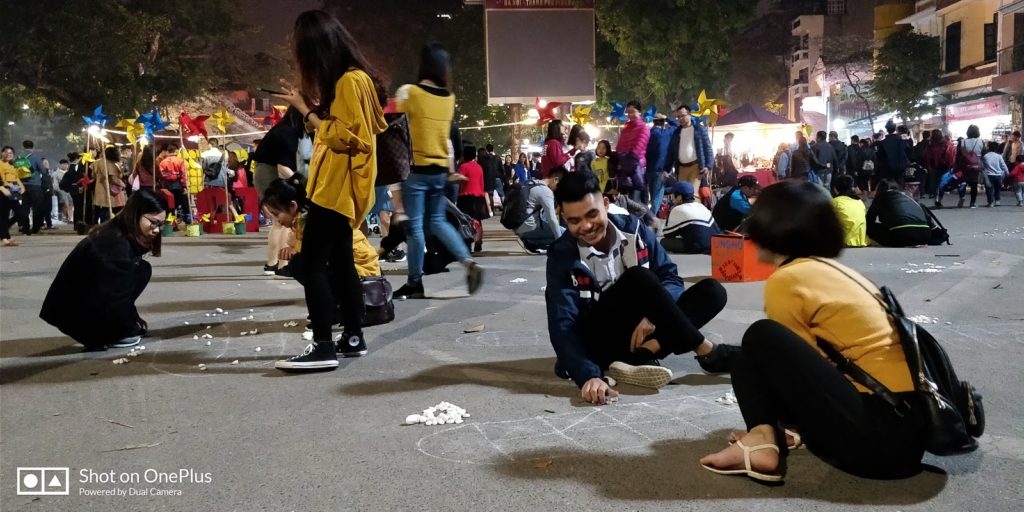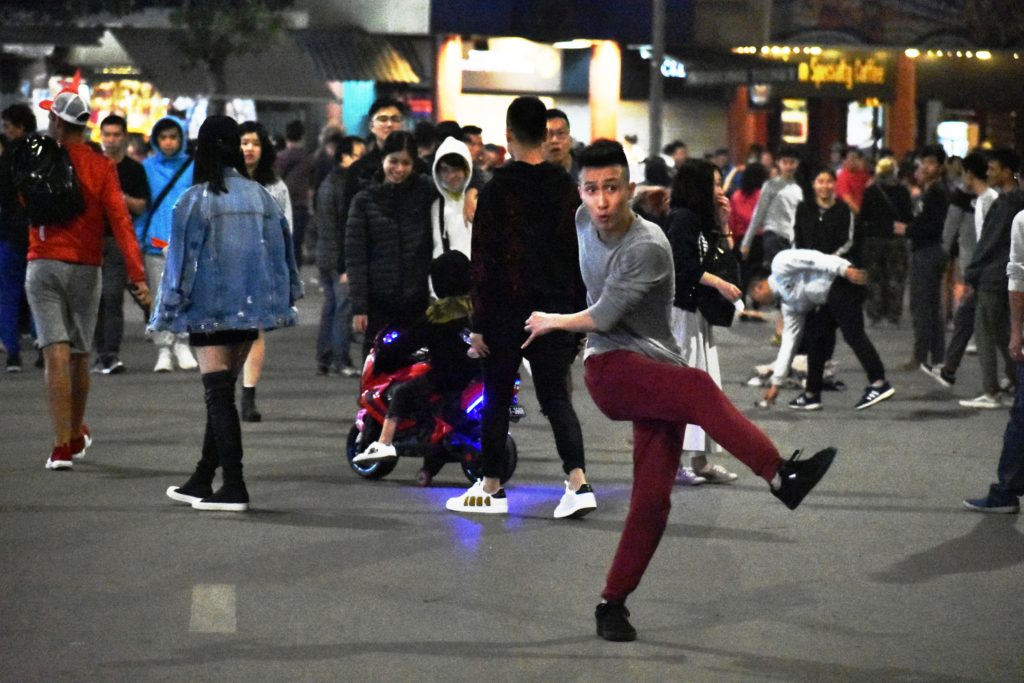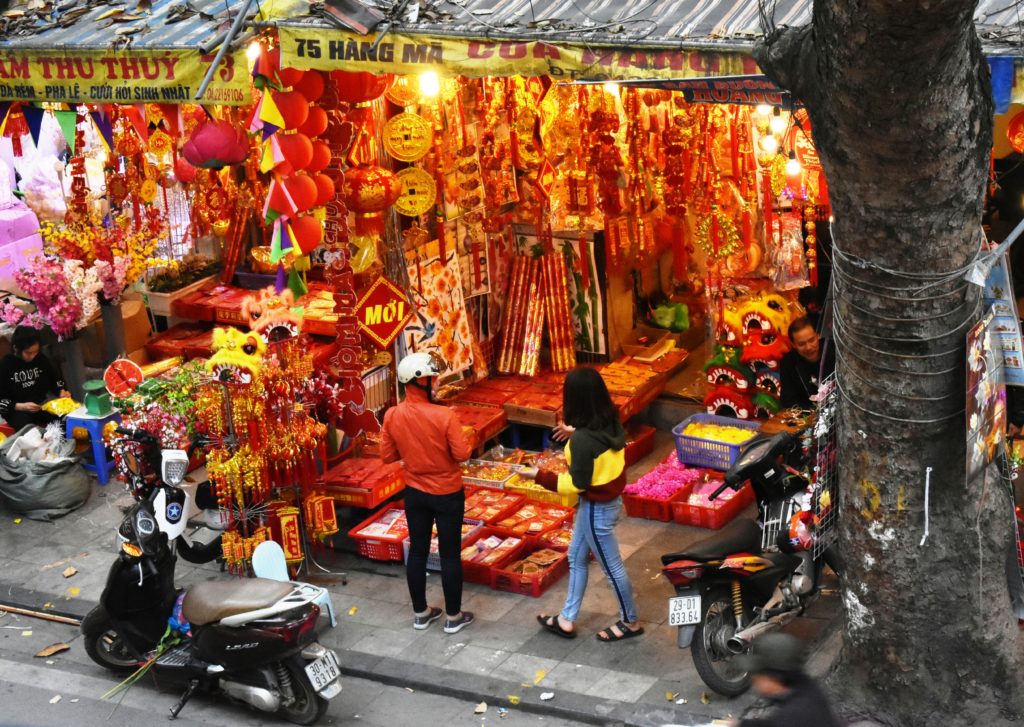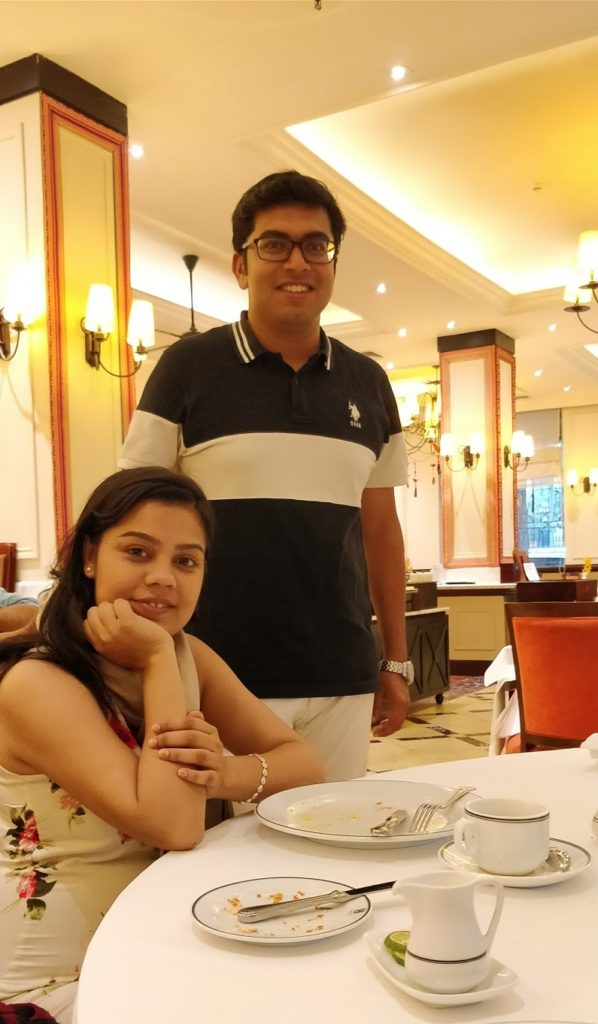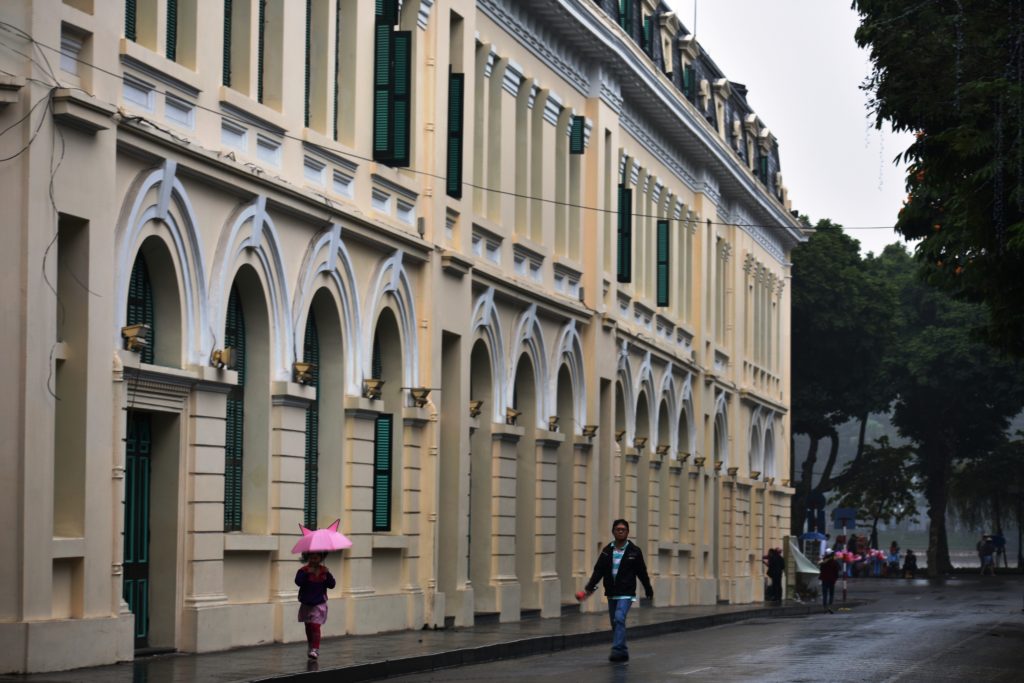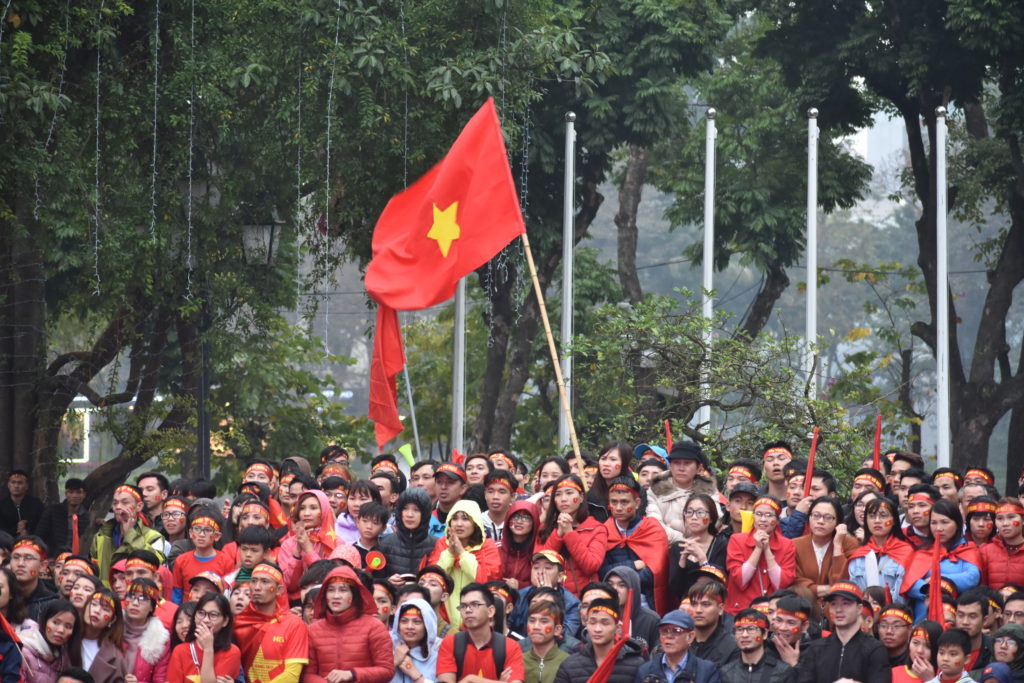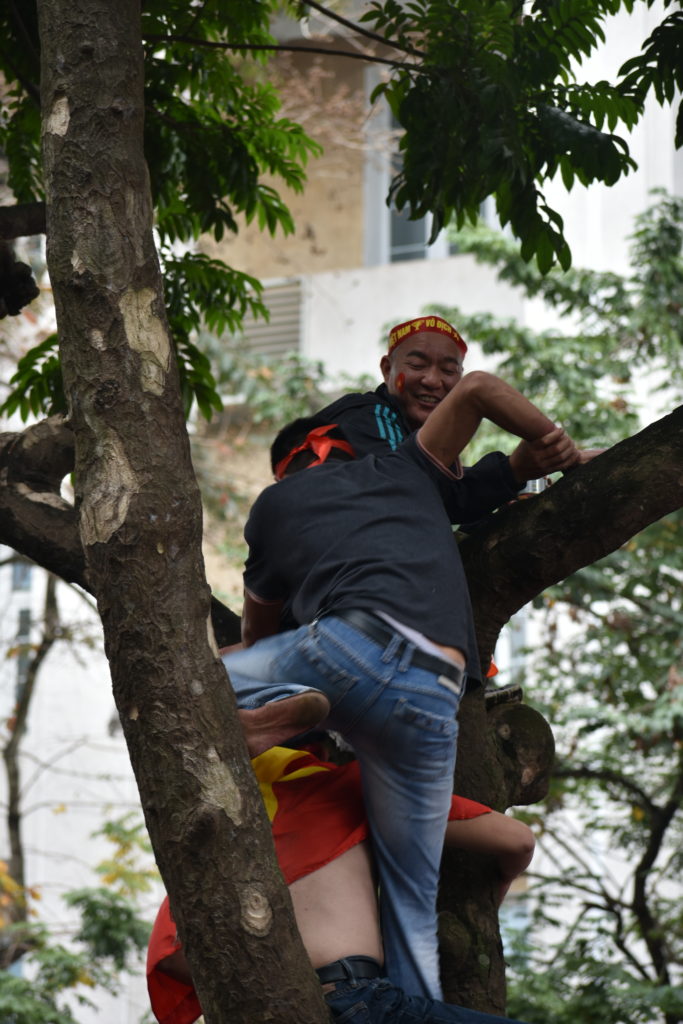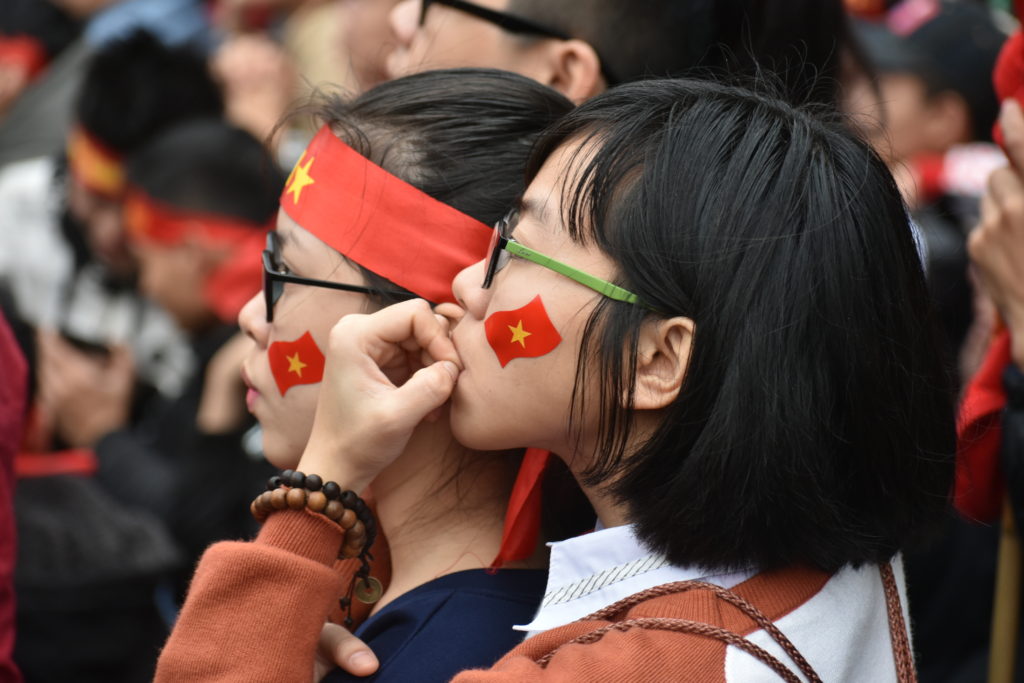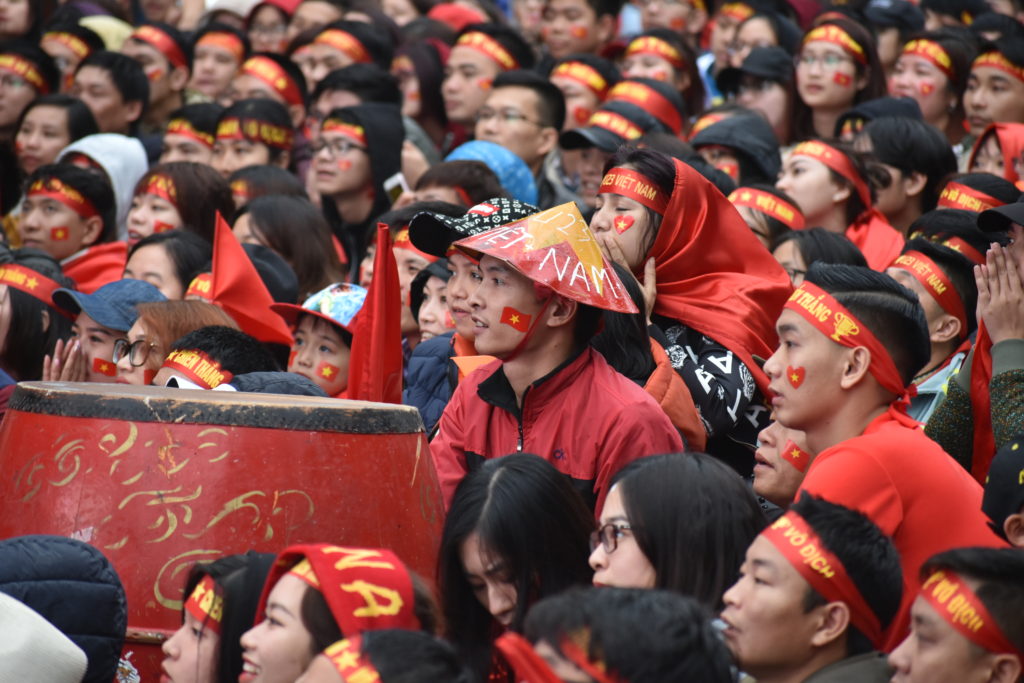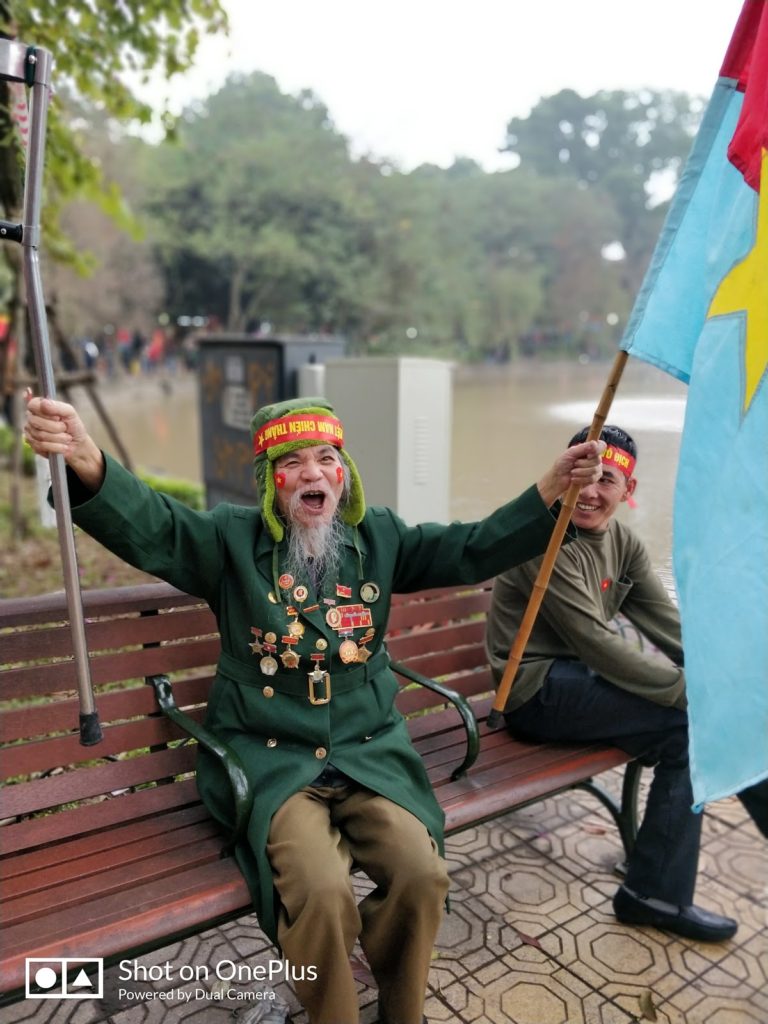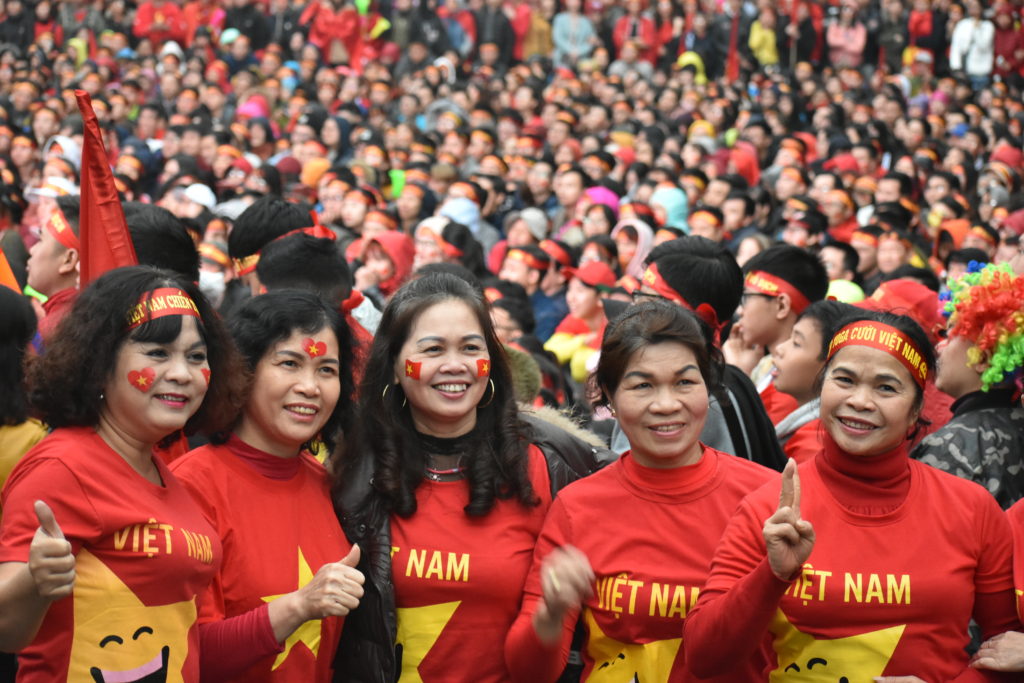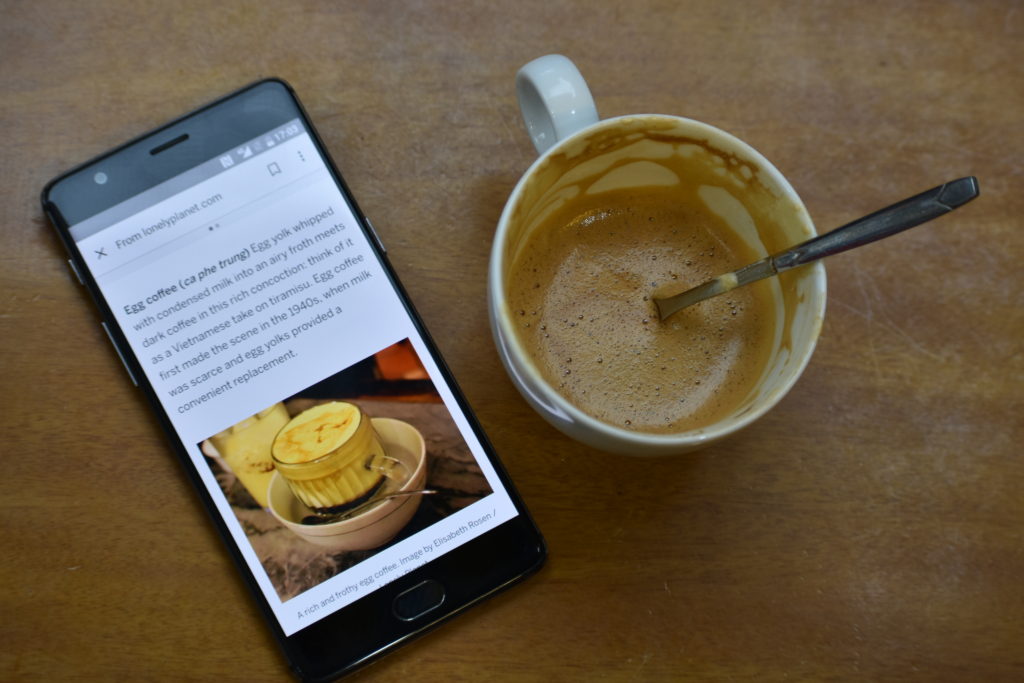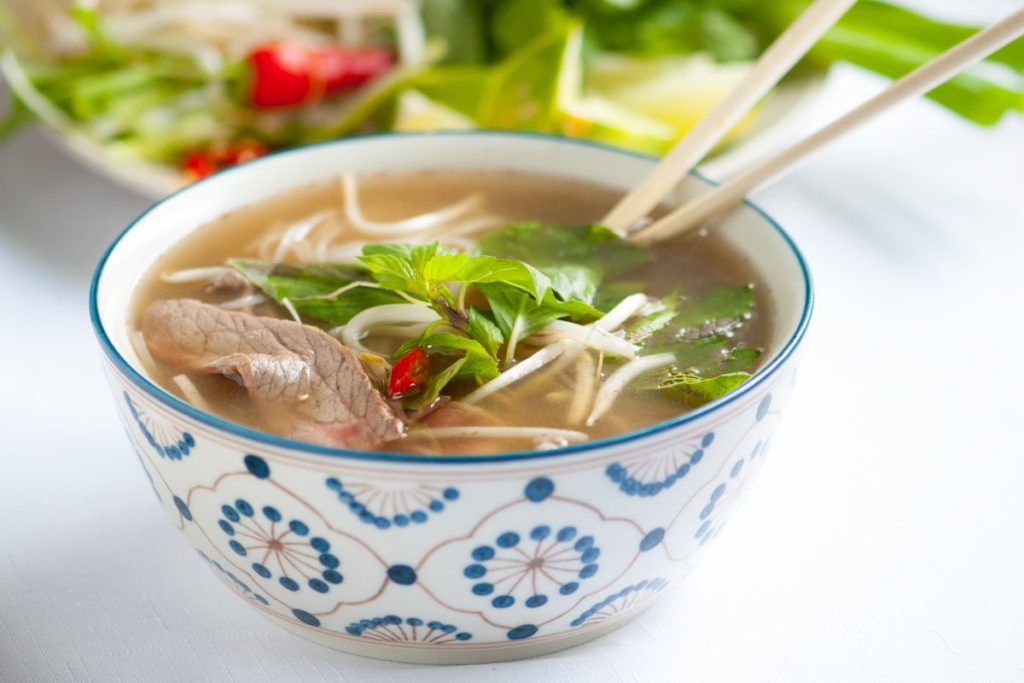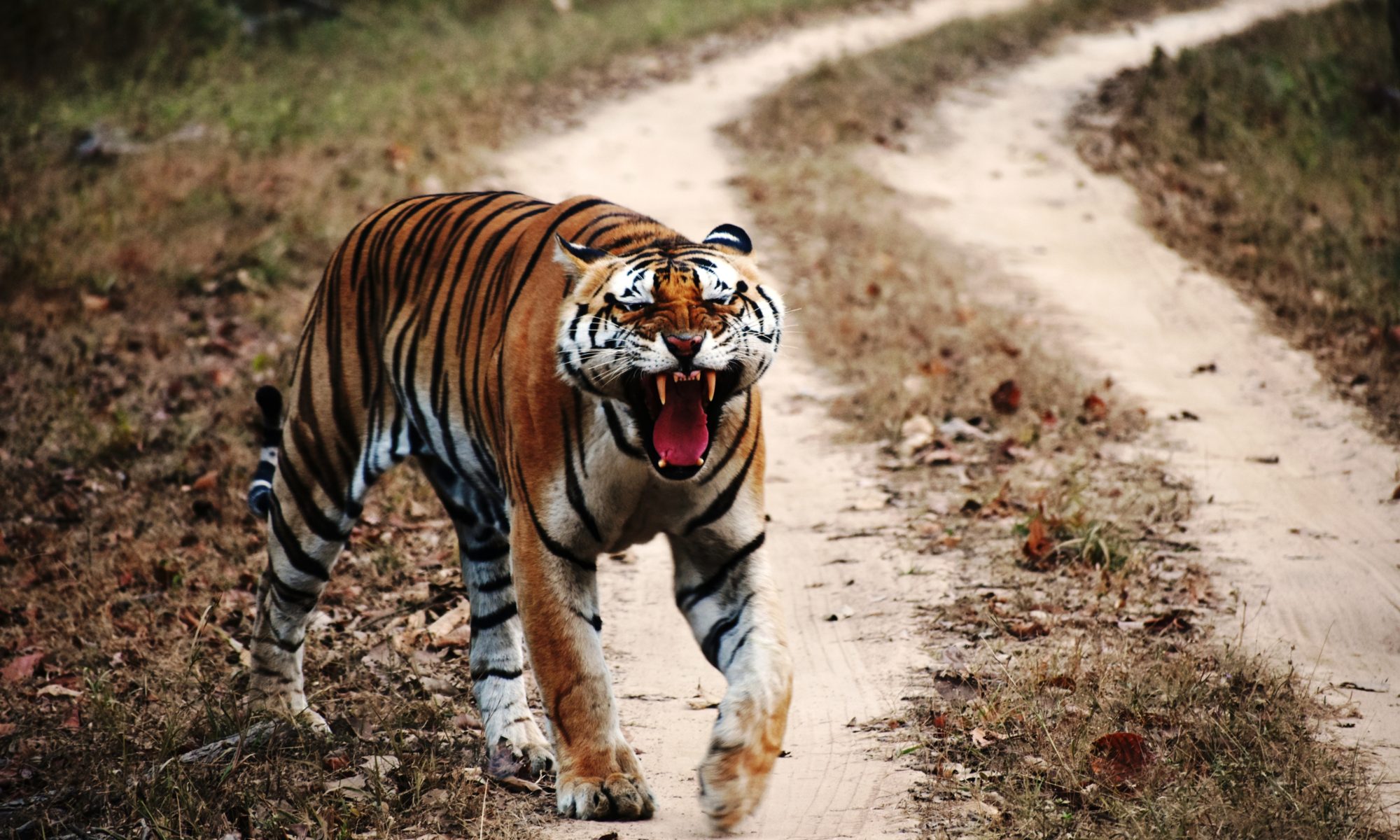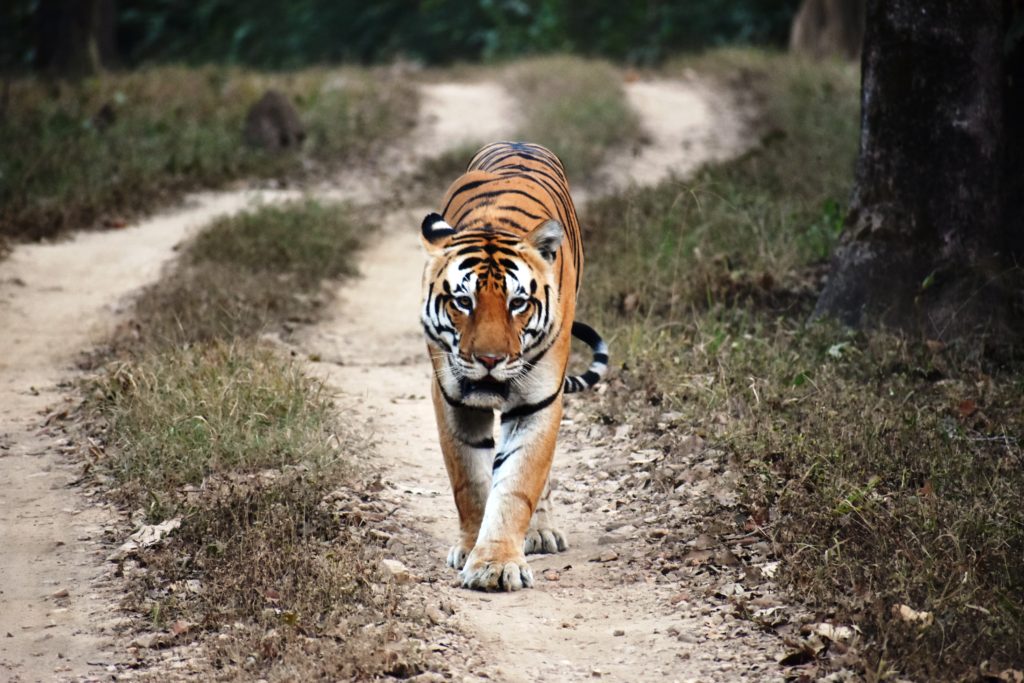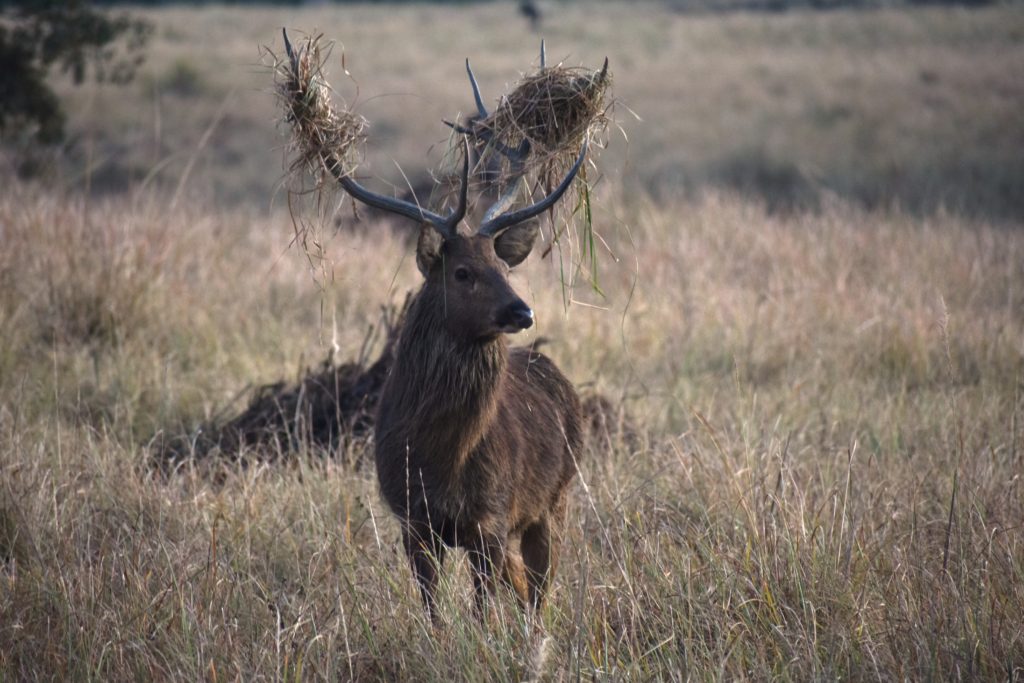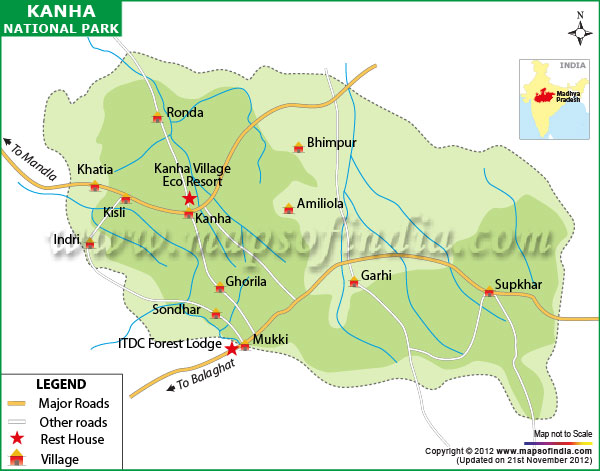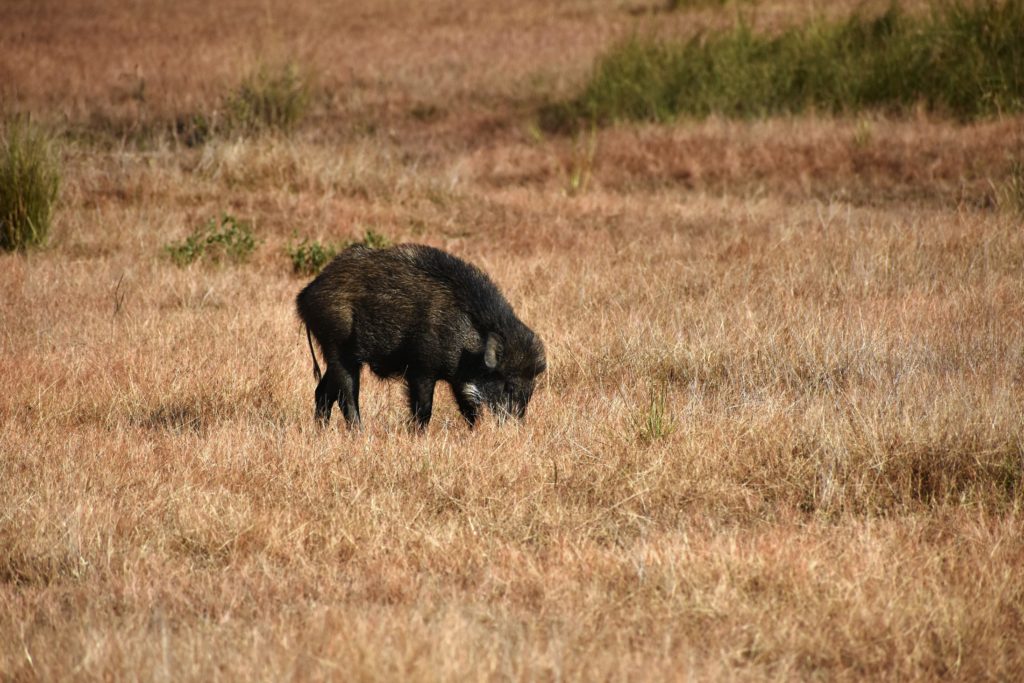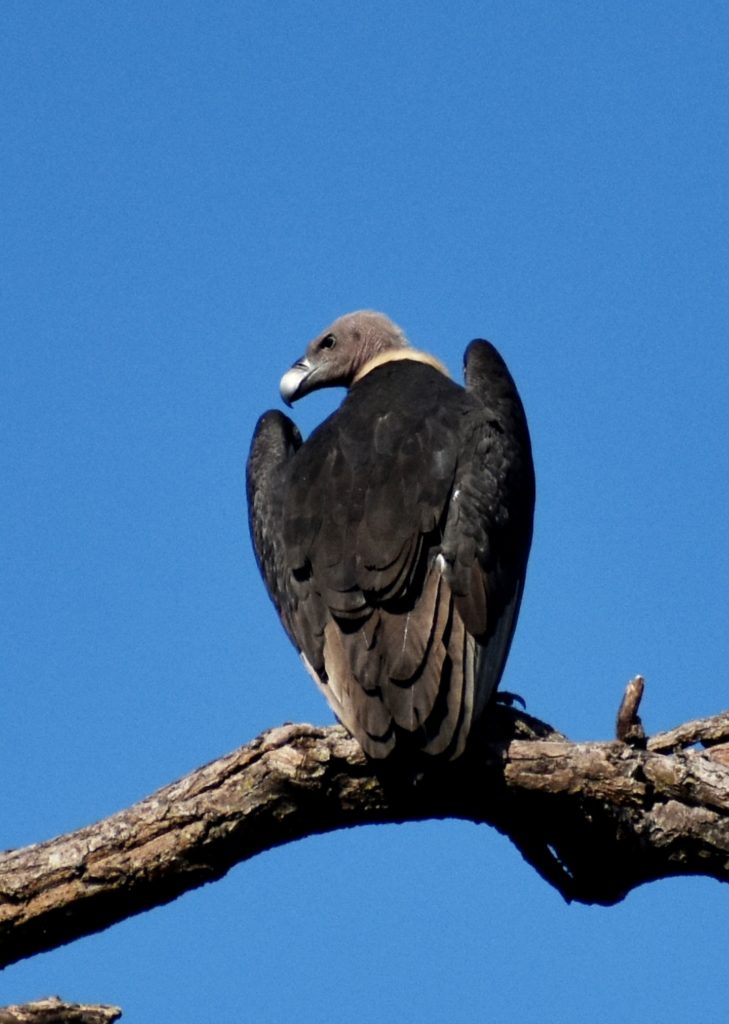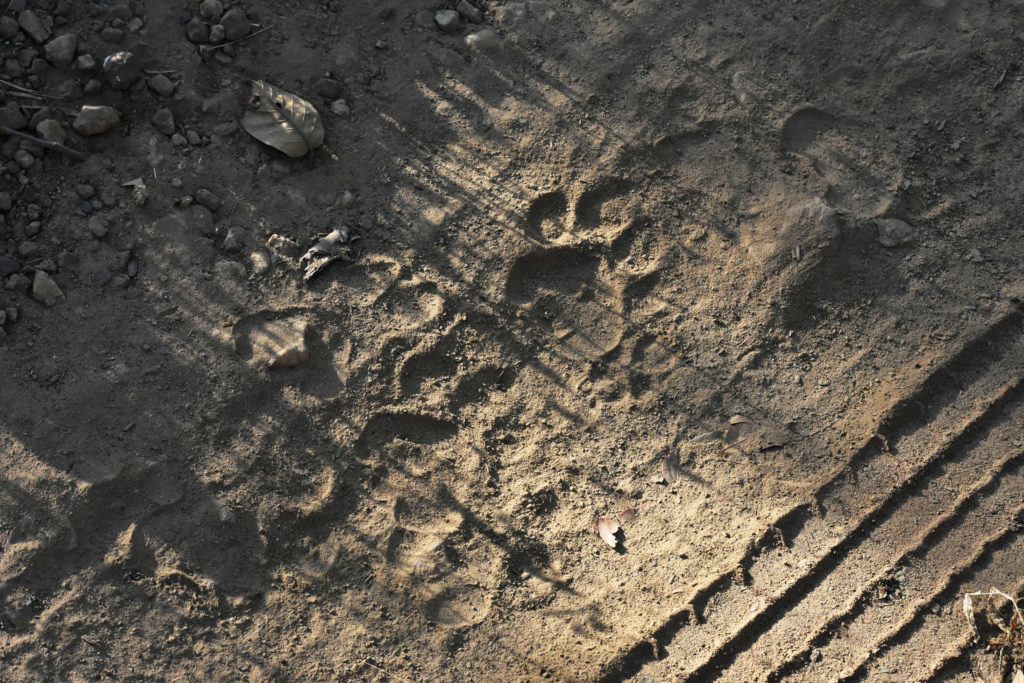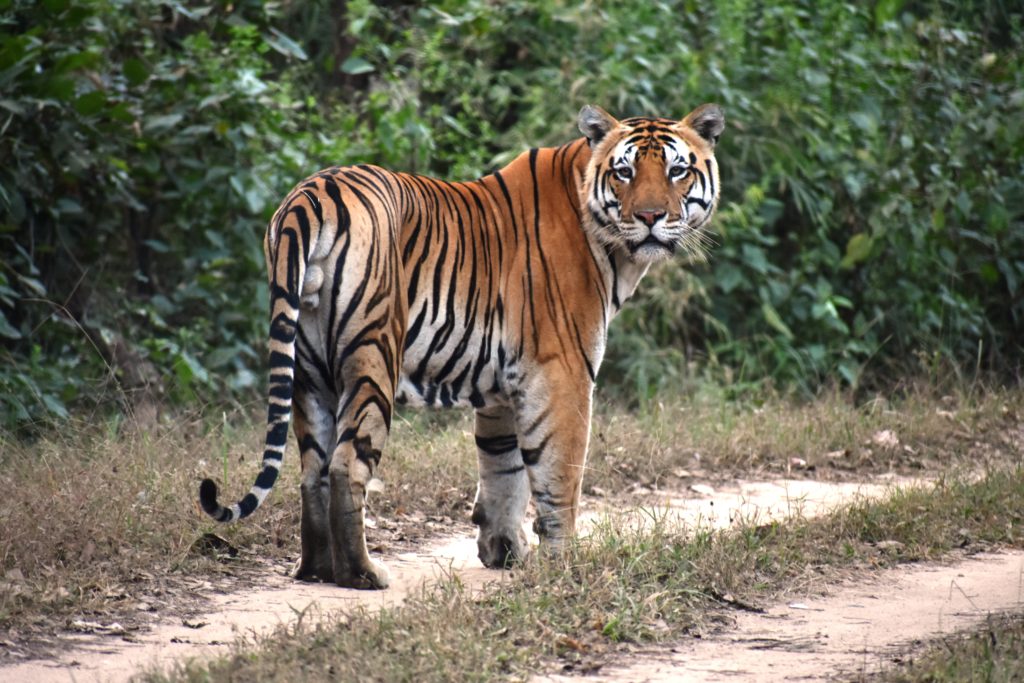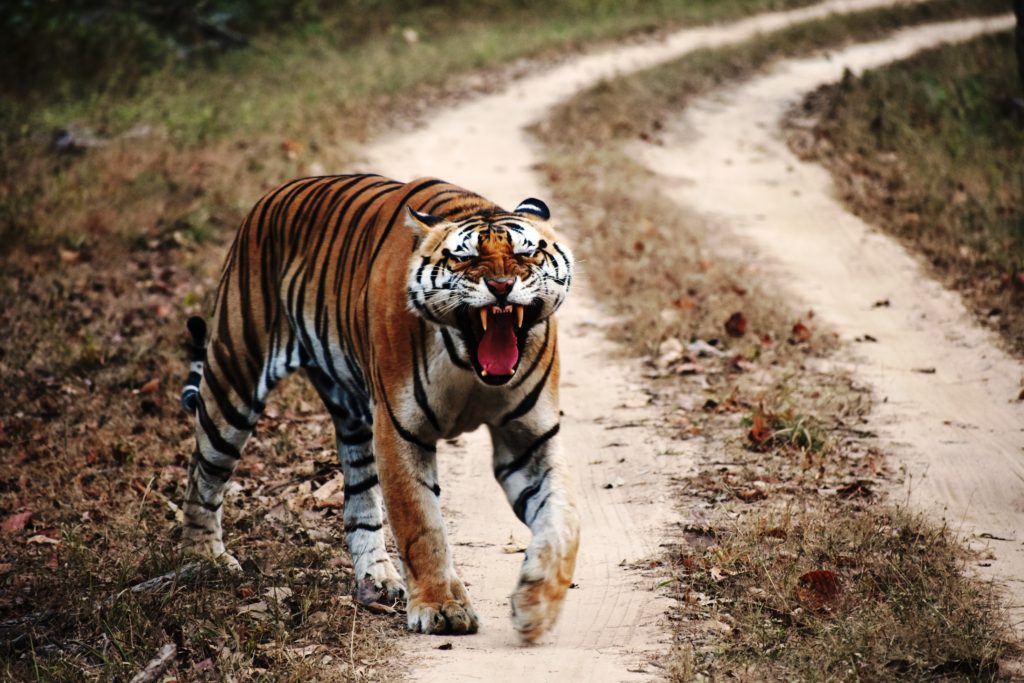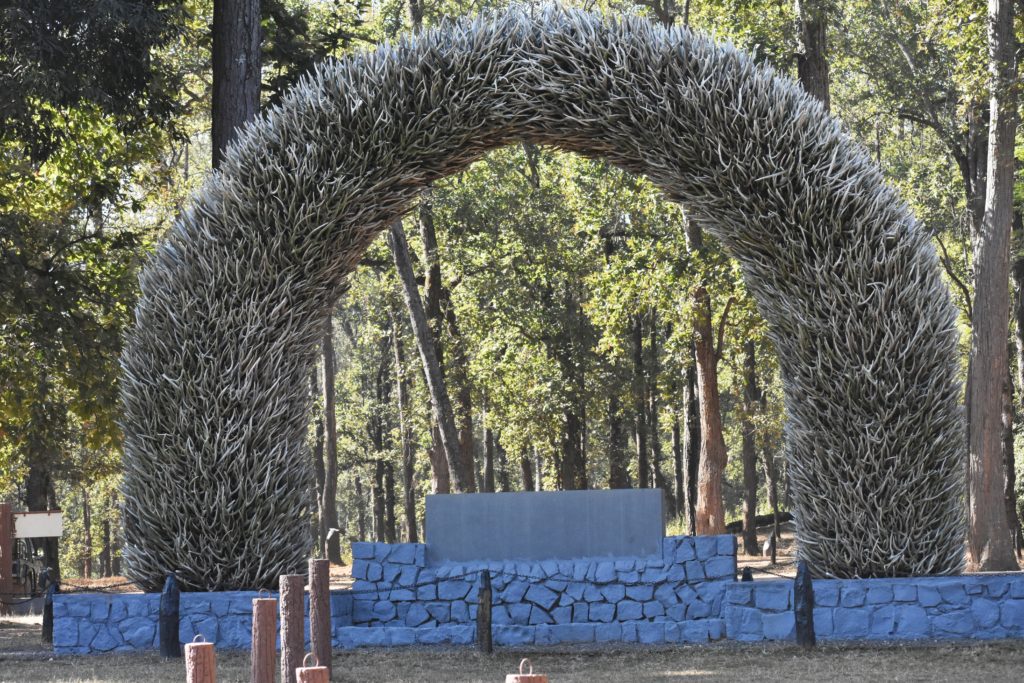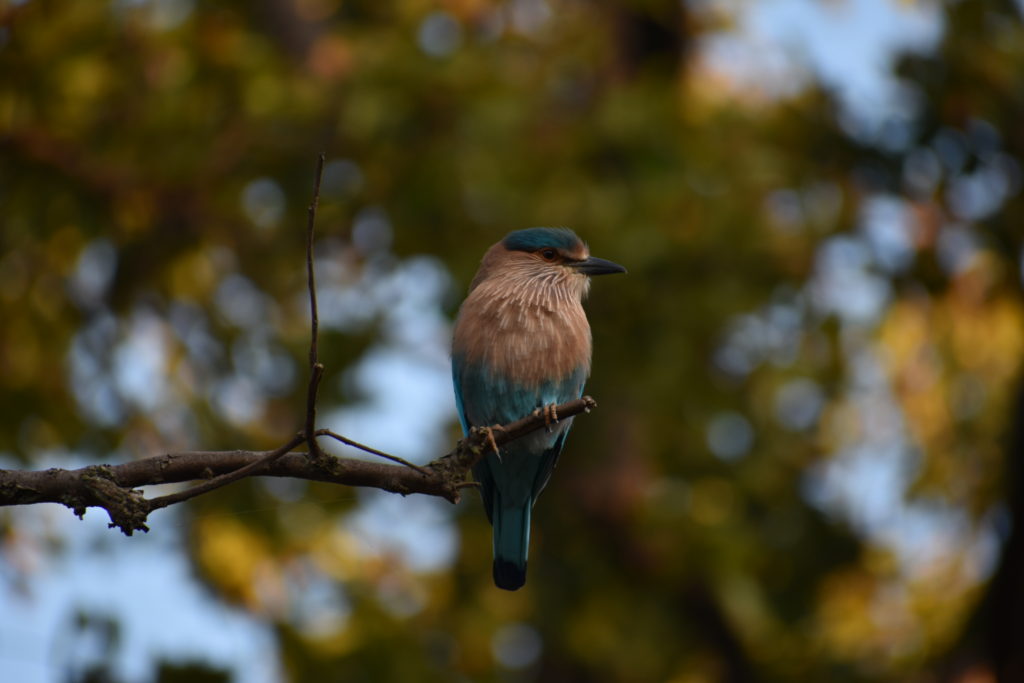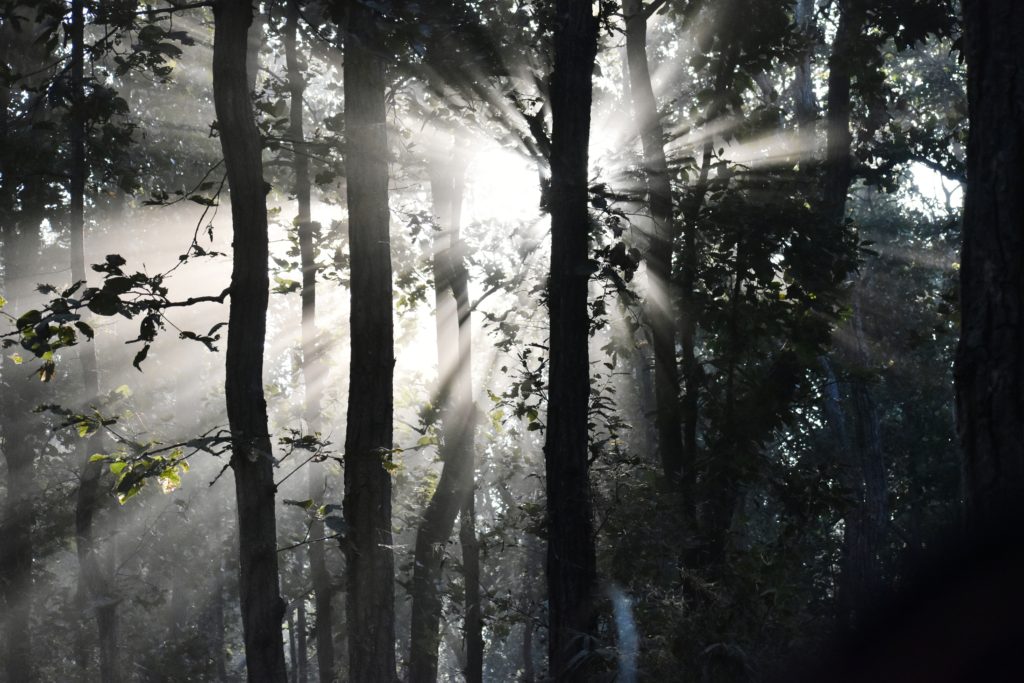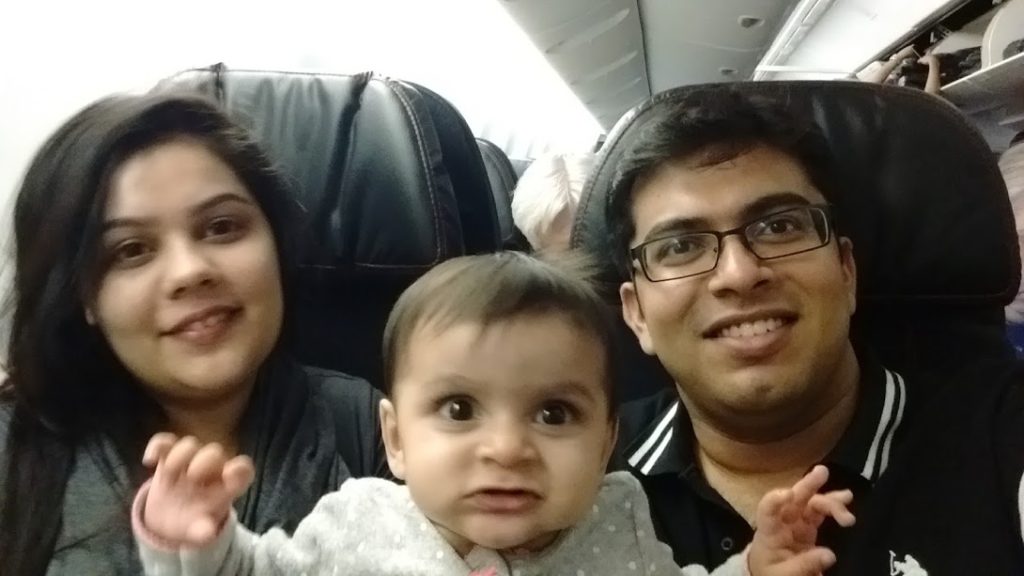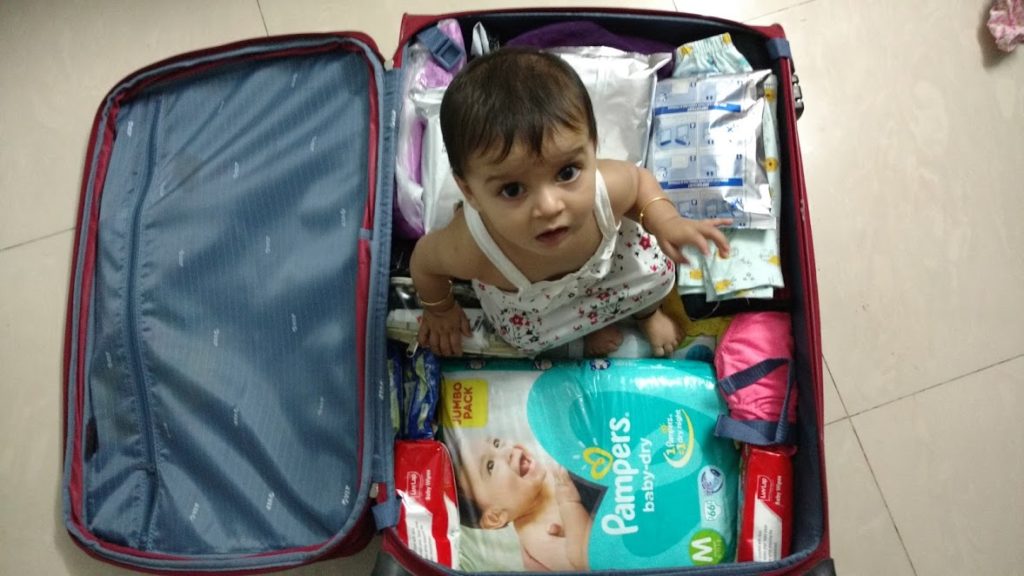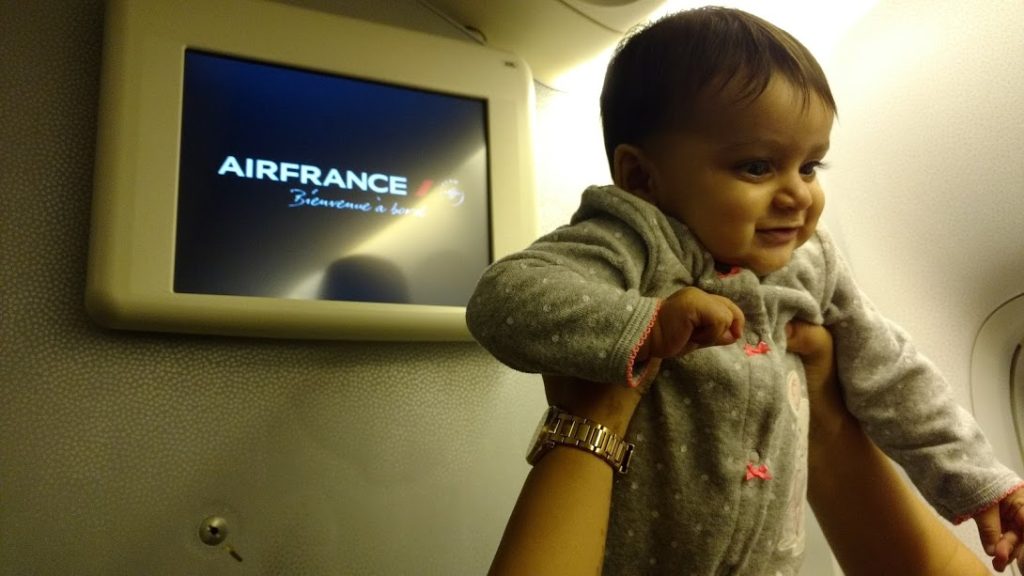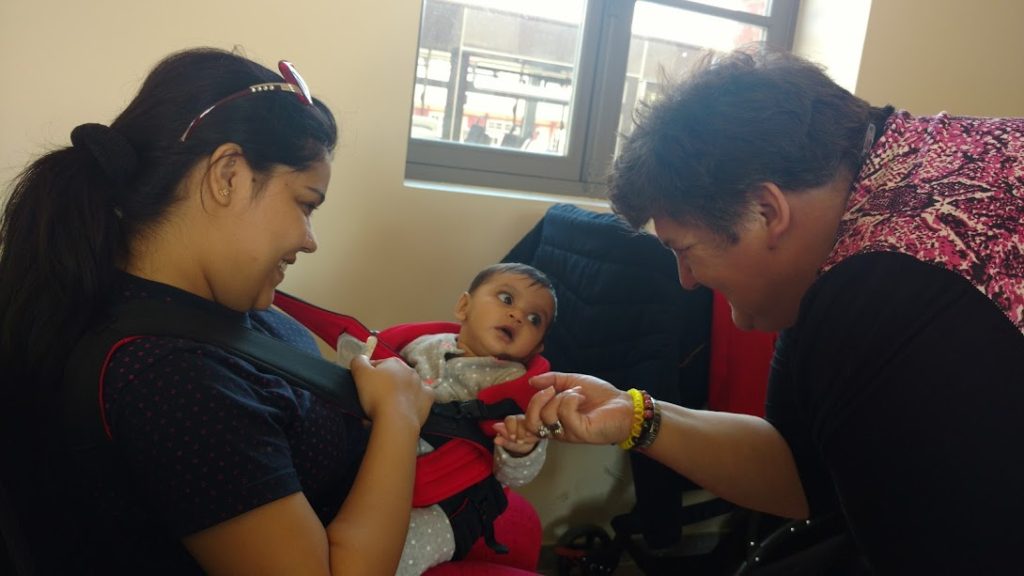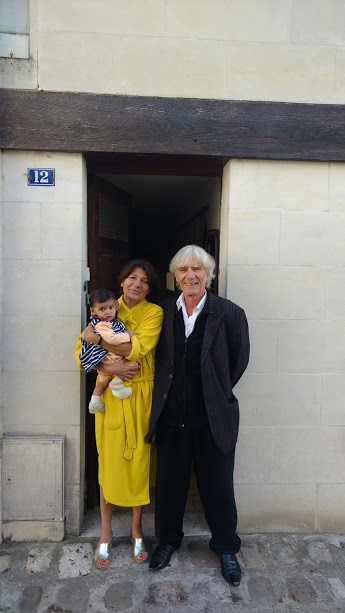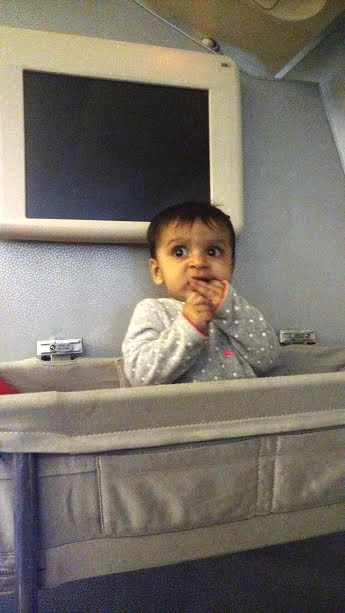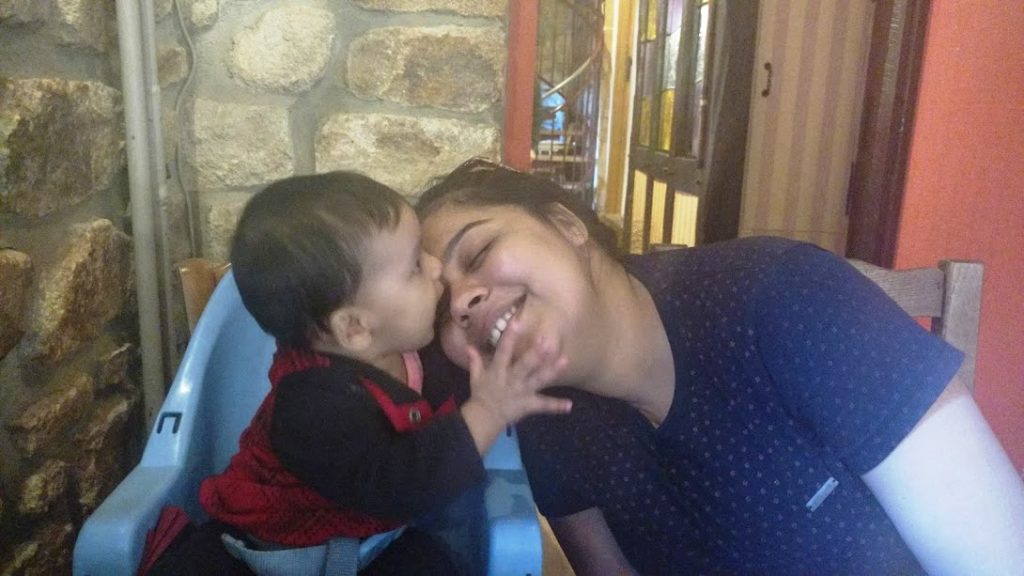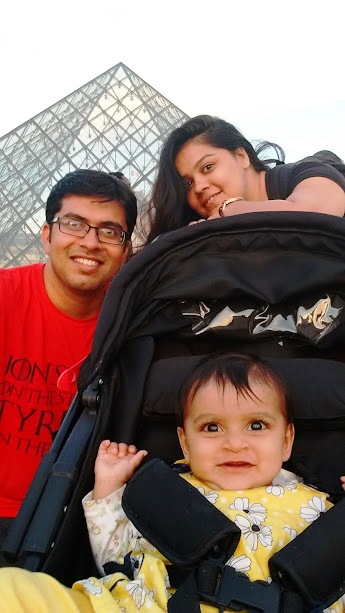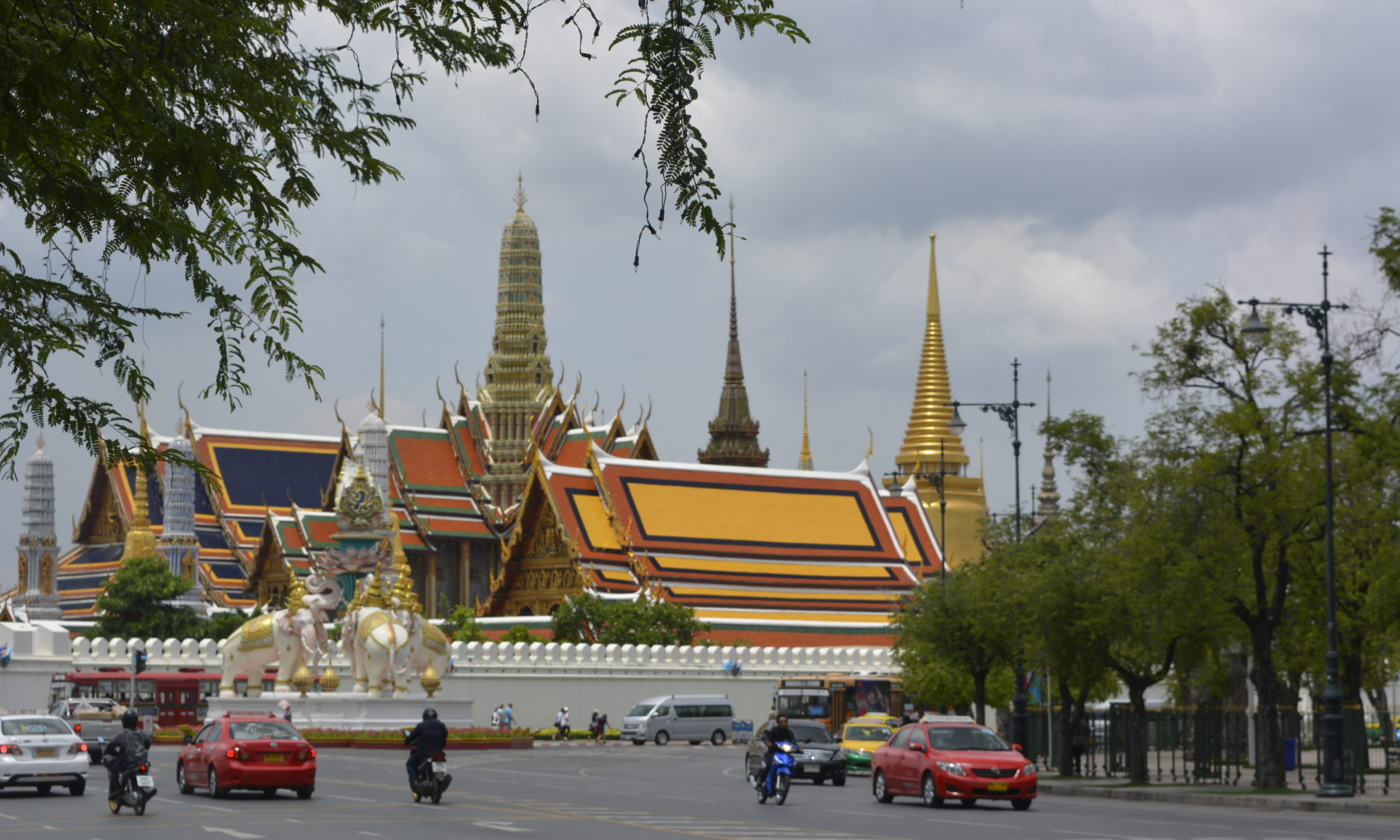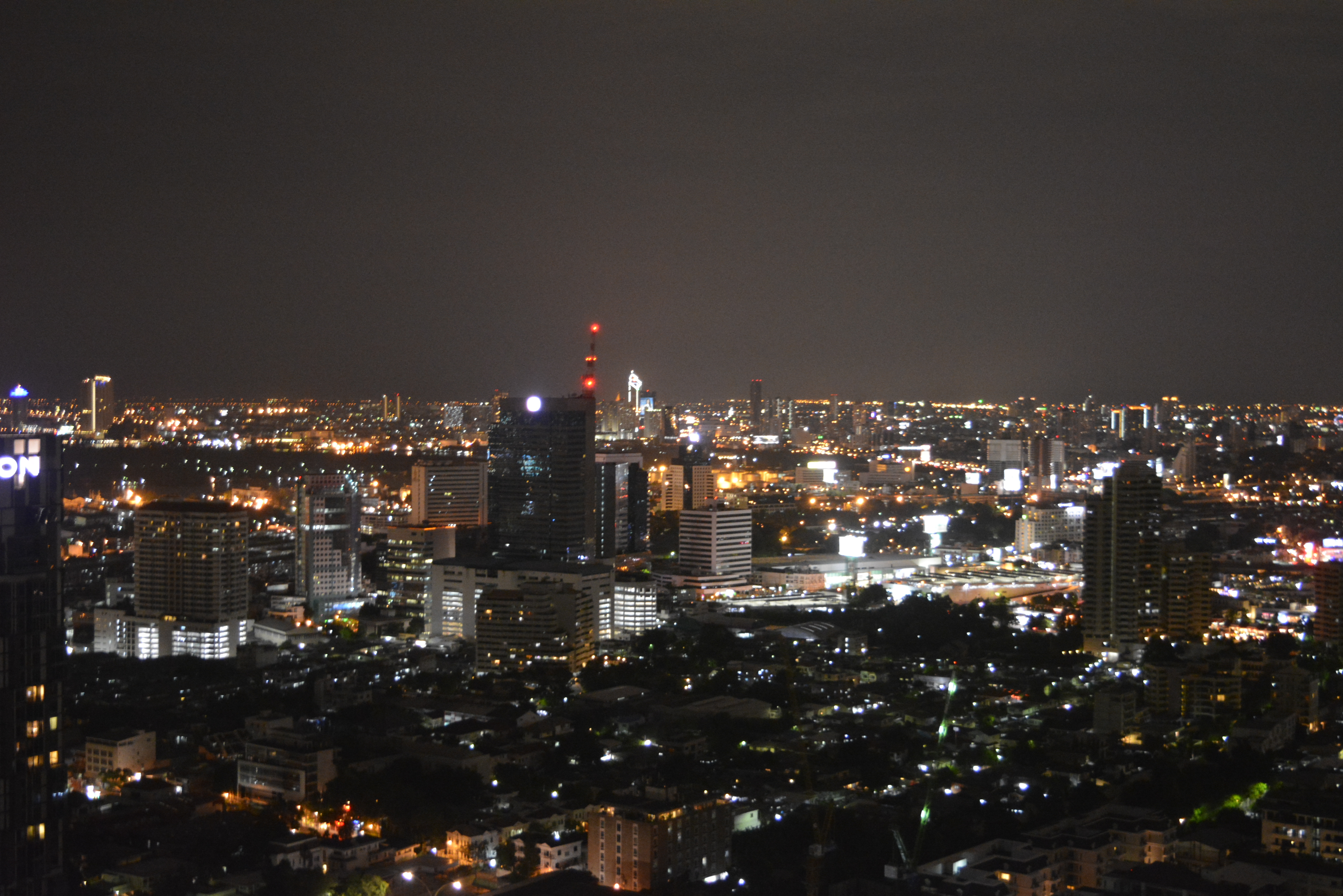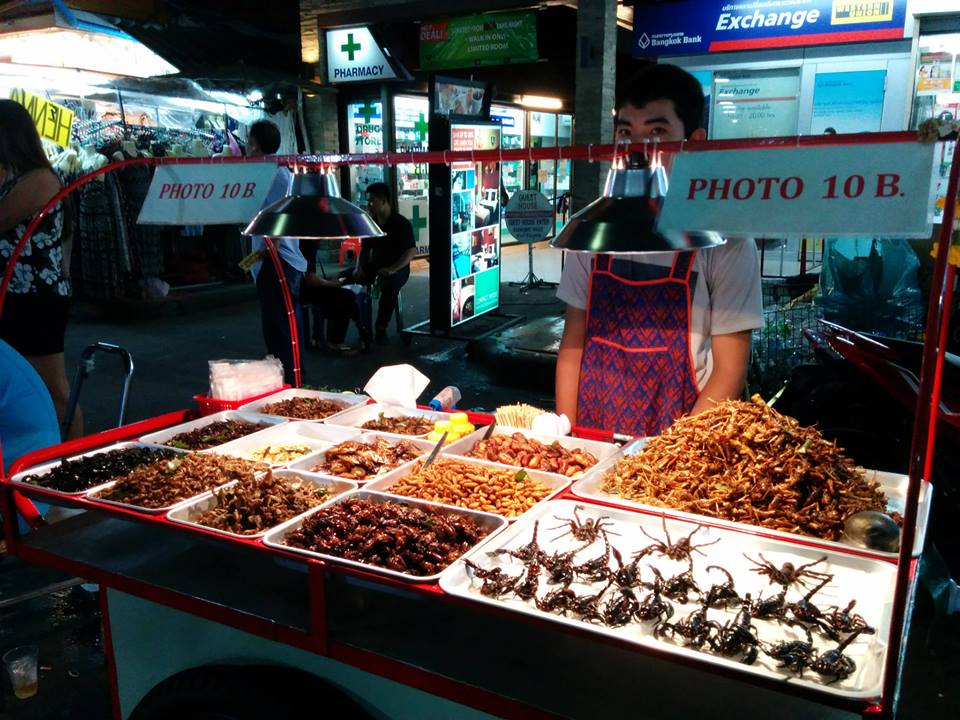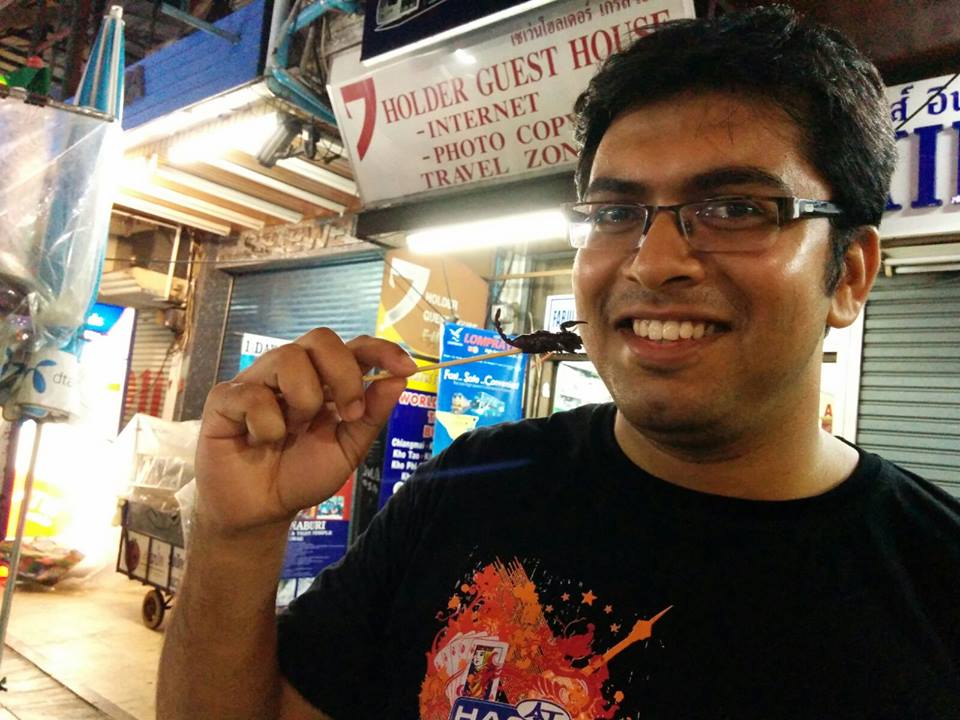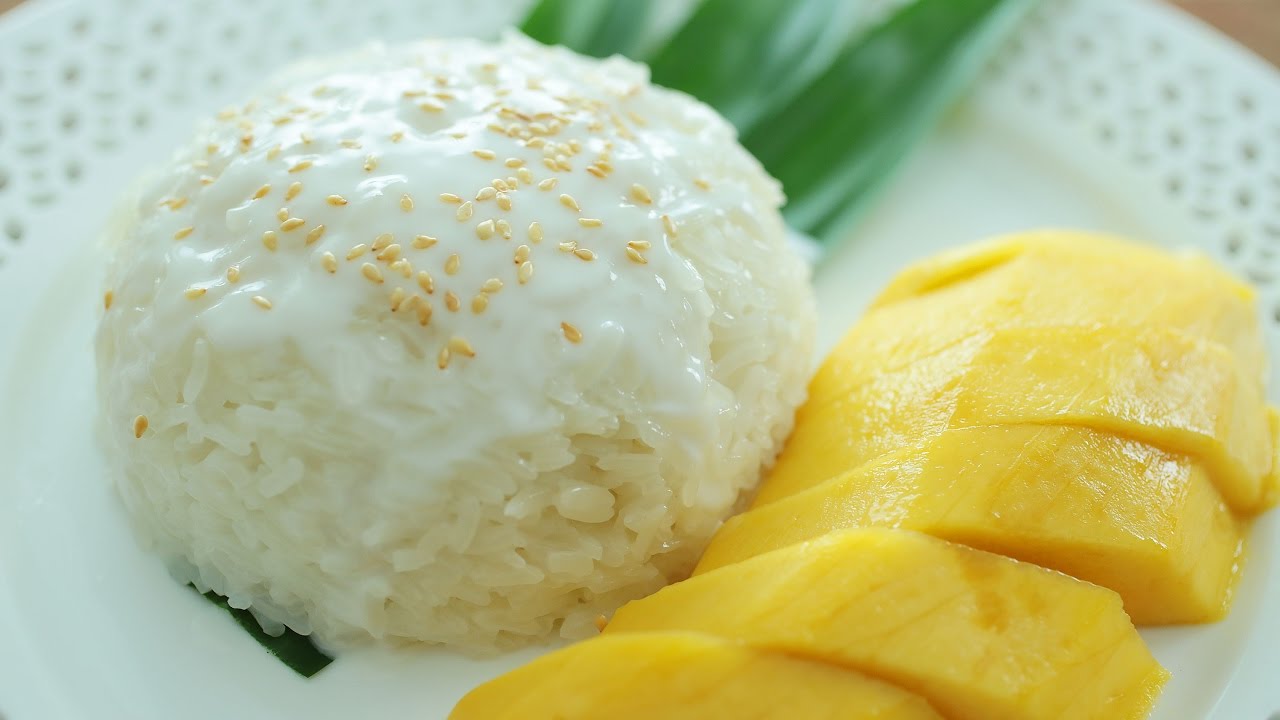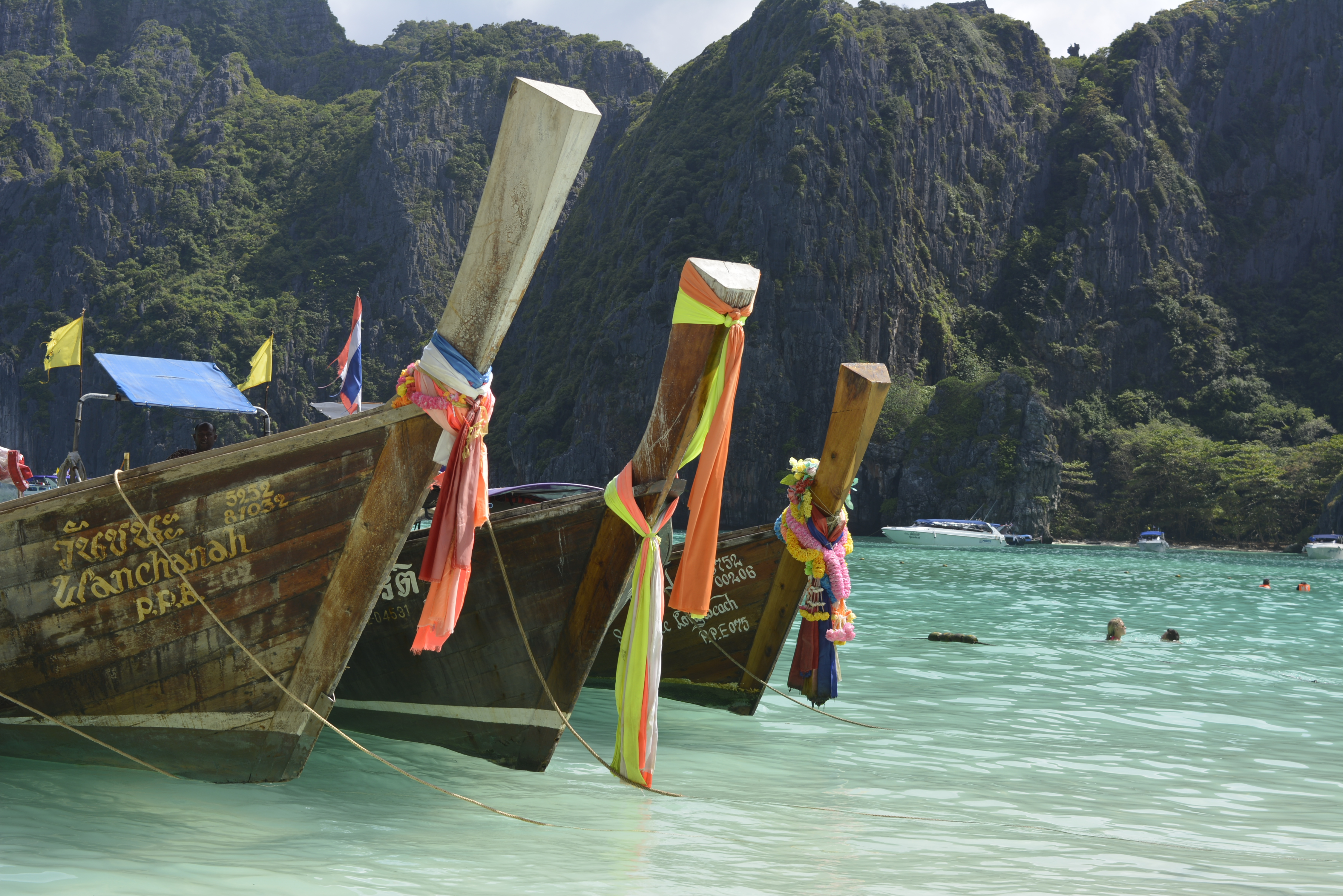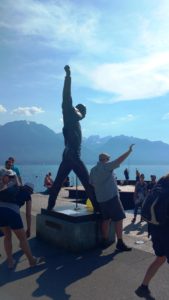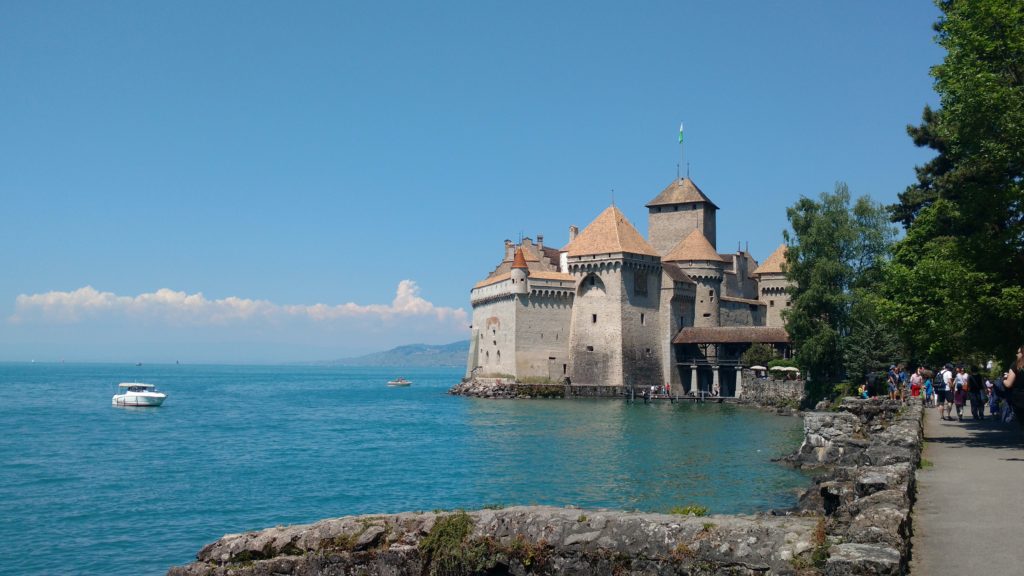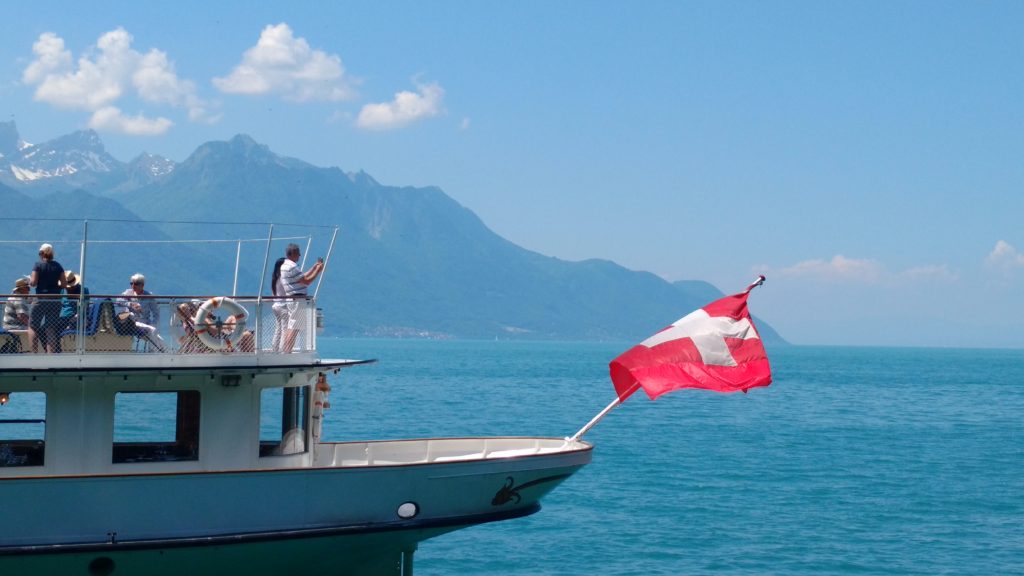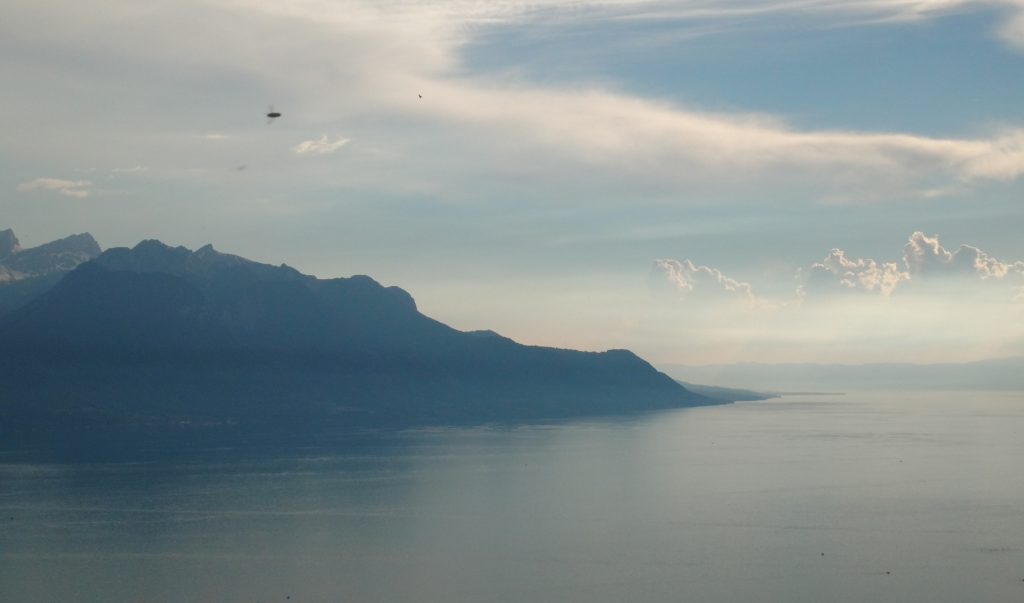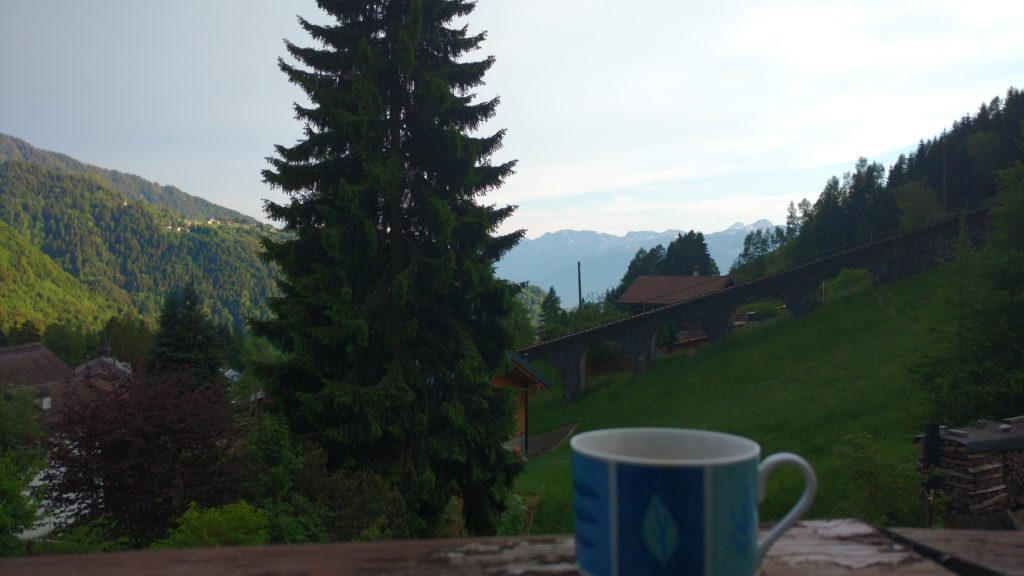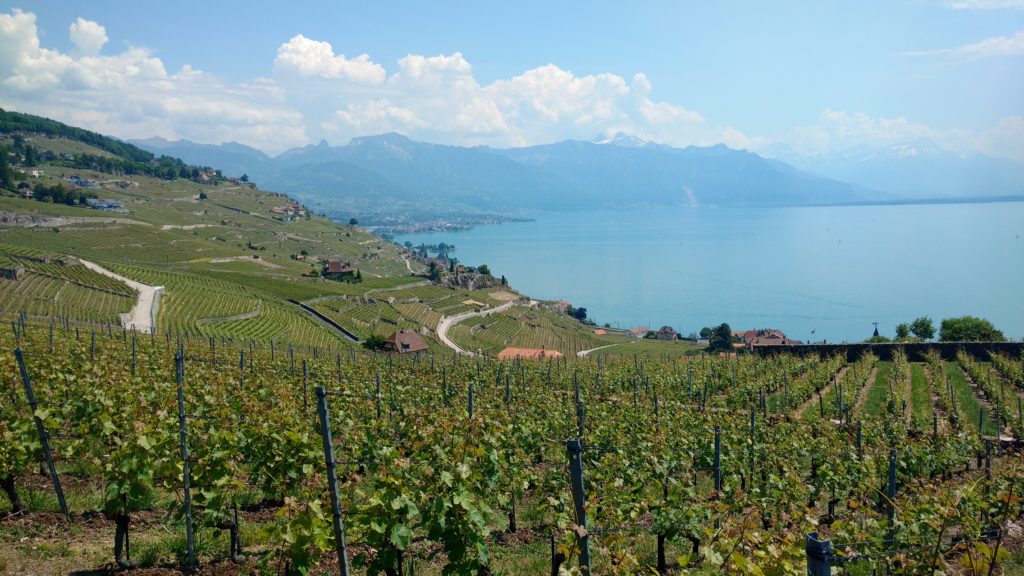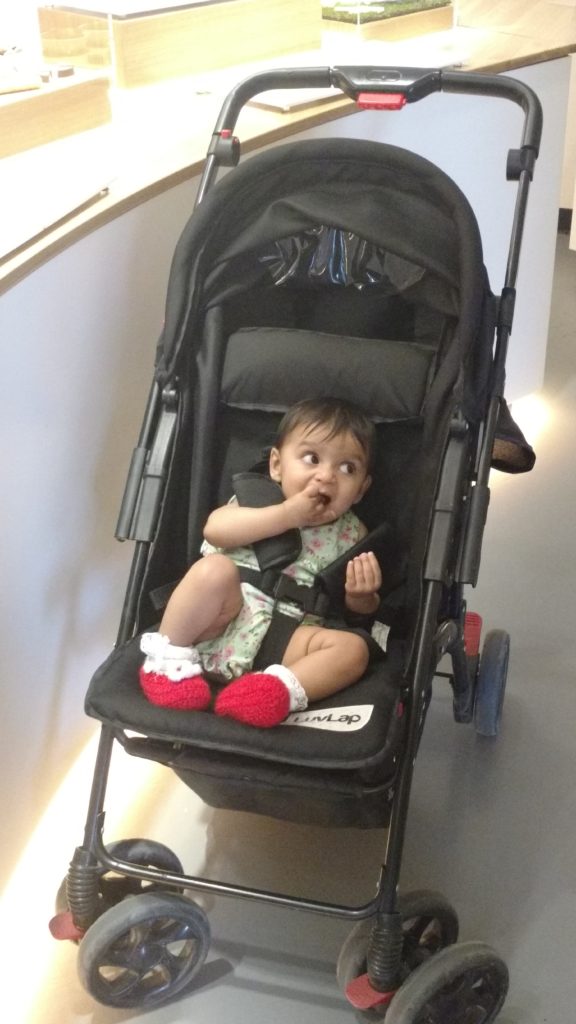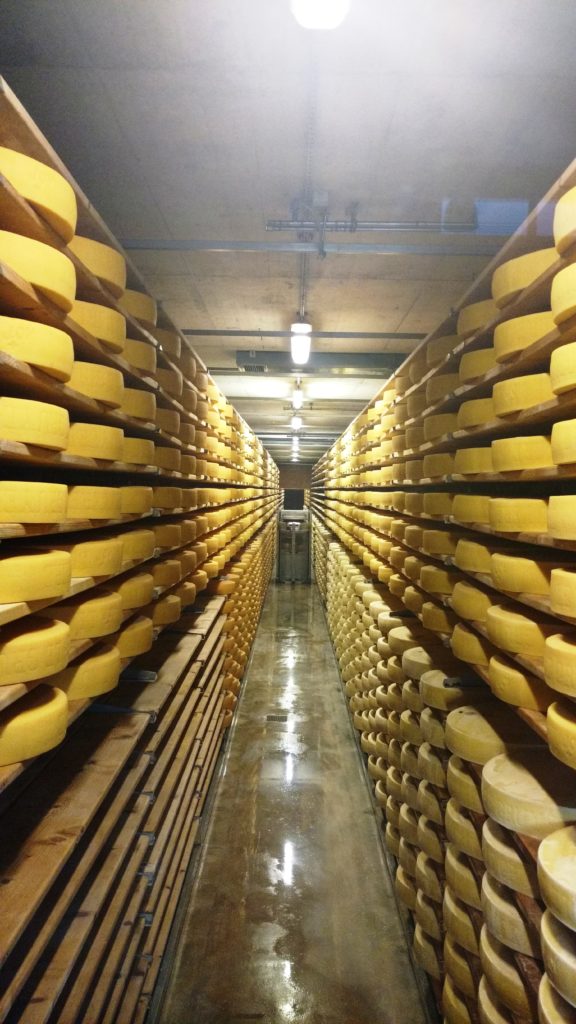As I hung on to dear life, clutching some thorny shrubs, the hundred-odd metres that separated me from the safety of the marked out trail seemed like miles. A miscalculation by our guide during our descent from Kareri Lake had led us to think that crawling across the dry sheer slope of the mountain will be safer than walking over the slippery snow-covered slope. To be fair to him, he negotiated the stretch with the utmost ease. But he had massively overestimated the agility of our stiff bodies that were totally unaccustomed to such nimble manoeuvres. To me, it seemed like accepting an invitation to break a few limbs.
After an excruciating thirty minutes which seemed like the last thirty minutes of my life, I managed to gracelessly creep and crawl through the stretch and meet the trail. My hands were bruised from the thorny shrubs and my cargos were plastered in mud but I was standing on level ground with all limbs and sense of humour intact.
When I was planning a reunion with a childhood friend over the Good Friday extended weekend, I had resigned myself to the idea of meeting in Goa as a middle ground between Mumbai and Bangalore which are our respective abodes at present. Until he came up with the idea of a short trek to beat the heat. After some frenetic research, the Kareri Lake trek was finalised. It was accessible through overnight travel from Delhi, was doable in a couple of days and was considered to be at its best in April. That checked all the boxes for us.
Day 1: Arrive in Dharamshala, onwards to Kareri village
We had taken the overnight Dhauladhar Express from Delhi on the night before. It dropped us at Pathankot at 8.30 am. From there, Dharamshala is about a 3-hour cab ride away. Cabs are available right outside the railway station and fares can vary from Rs.2000 to Rs.2500 (~$30-35) depending on your negotiation skills.

From there we took a bus to Ghera (1.5hr, Rs.35). Kareri Village is about 7km from Ghera. There is no public transport between Ghera and Kareri village. There are some private vehicles which transport locals on a seat-sharing basis for Rs.30 per person but such arrangements can be infrequent. Renting out the full vehicle costs around Rs.500 ($7). Bravehearts may even choose to walk uphill along a “shortcut” which could take upwards of two hours.

We reached Kareri village just before sundown and fell in love with the place immediately. Small colourful dwellings dotted the hills, herdsmen were grazing their sheep and goat, the fields were lush with a crop of wheat and birdsongs filled the air. How could one not fall in love. We made enquiries about possible arrangements for the trek by calling a few numbers we had come across online. We settled on the deal offered by one Mr Durga (+91 78074 32558) who provided us a tent and two sleeping bags, all meals during the 1.5 day trek and the services of a guide for Rs.3000 (~$42.5).
That settled, we went to have coffee at “Out of the World Café”. It’s really a humble hut with a table and some chairs laid out in the open but that’s about as fancy as cafes get over here. That’s where we met Sam, an intrepid Londoner who had set off on a two-month long solo adventure in the Himalayas, splitting his time between India and Nepal. He informed us that he was put up the Forest Guest House and the rooms there were the best to be expected in Kareri. Our other options were homestays with locals or camping out. We got lured by the prospect of a comfortable bed and hot shower before heading into the wilderness for a couple of days and opted for the Forest Guest House.
The caretaker, Jagdish Ji, is a smooth-talking and slippery fellow but he knows he has the best rooms in town. The Guest House receives no official visitors and the income from letting it out to trekkers earns him a healthy side income. He let it out to us for Rs 700 ($10) for the night and charged Rs150 ($2) per person for dinner and breakfast.

Having found a comfortable place to spend the night in, we stepped out for a late evening stroll. It was a full moon night and the mountains were bathed in moonlight. The snow-capped Dhauladhar was glittering. The Koel’s cooing was being echoed by the mountain. There was a nip in the air. And there was catching up to be done and childhood memories to be recounted. But Kareri sleeps early so we had our dal-chawal at around 8:30 and then tucked ourselves in for the night.

Upon our arrival we had learnt that the upper reaches of the mountain, including the lake itself was covered in a thick coat of snow. This was unusual for this time of the year and it got us even more excited for the following day.
Day 2: Kareri Village to Kareri Lake & return to base camp at Reoti
We woke up to the chirping of birds, a welcome departure from the blaring alarm of the mobile phone which has become de rigueur. Simple things like these make you feel thankful.

While feasting on parathas and tea in the morning, we noticed the approaching outline of a small boy. He came up to us and announced that he was Shabbo, our guide for the trek. On enquiring whether he had been doing this long, he informed that this was to be his second visit to the lake and his first as a “guide”. He had been to the Shiva temple near the lake once earlier with his mother to offer prayers on some religious festivals. Never shy of giving a youngster a break, we wholeheartedly welcomed him into our fold.

We started the ascent at 8.30am. The first couple of kilometres were along a paved road that ran through a pine forest. We were beginning to feel that we would slay this. Then things took a turn. We heard the gushing sound of Nyund Nallah and the path diverted from the even, paved road to a trail of steep stone stairs. The ascent was continuous and very steep. There were no interludes of level patches and it was uphill all the way from there on. I was out of breath very soon. My friend was faring only somewhat better.

But the views were more than making up for the toil. The energetic glacial stream carving its way through the mountain, rhododendron trees in full bloom, the snow covered upper reaches of the mountain all came together to create a very picturesque trail.
After 7km of arduous hiking, we reached Reoti at around 11:30am. Kareri Lake is another 6km from Reoti. Most sane people camp here overnight and continue to the lake the next morning. But a hazardous mixture of ambition and naiveté had made us plan to cover the whole trek in a single day, all the way to the lake and back to Reoti by evening.
With the sound of my panting now drowning out the gushing of the stream, we carried on. Soon after crossing Reoti we began to encounter snow on the trail. Until gradually, the whole trail was enveloped in soft snow. This is where our guide came in handy as the stream we had been following was frozen over and the direction to take was no longer as obvious. While we slipped and fell and made fools of ourselves, our guide seemed to be strolling in a park. At times like these, I feel that we should wear our “avid trekker” tags very, very lightly.

The final stretch towards the lake was beautiful beyond description. All around us was just the purest shade of white and a few daredevil trees that stood tall amidst all this. I had begun to feel that the views of the lake couldn’t possibly be any more beautiful than what we were seeing already. Of course, I was wrong.

When we finally reached the lake at around 2:30 pm, we were overwhelmed by the view. Apart from a tiny patch, the whole lake was frozen. We just sat there feeling humbled and grateful at having seen a sight like this. There is a Shiva temple overlooking the lake. I generally lean towards atheism but at times like these, hands fold up automatically in reverence. Perhaps I was just recognizing that God is but an embodiment of the enthralling nature around us.

Barring us, there were just three other people at the lake. One of them even planned to pitch a tent inside the temple and spend the night there. The very thought of spending a night in a setting like that, with not a living souls for miles around was spine chilling. We wished him the best, envied him for his courage and started our descent.
The descent back to Reoti took us about 2 hours. It was marked by ample back patting and self-congratulations on our accomplishment. And well, to be fair, traversing 19km on a mountainous trail, 13 of them while ascending, is no mean feat for two borderline obese urban dwellers. Apart from the hair raising incident with which I began my narrative, the rest of the descent was unremarkable.

We were immensely fortunate to have done the trek on a Friday. When we got to the base camp, there were about 50 tents set up and they were overflowing with boisterous occupants. The weekend crowd had descended (well, in this case, ascended) to Reoti to undertake the trek the next day. While we had come across less than a dozen people during the course of our trek thus far, there was a crowd of more than 150, all set to take over the mountains tomorrow. And this was just one campsite. There were a few more, no doubt, with as many occupants.
We were bundled inside a supposedly “two-man” tent which was small enough to suffocate even a single occupant. We discovered a spider inside the tent but were told that it is par for course and nothing to get worked up about. We entered our sleeping bags and did the sheep counting drill to try and sleep amidst the commotion.
Day 3: Reoti to Kareri Village and back to Dharamshala
We woke up early to start our descent from Reoti. With our heart upbeat but our feet sore from our accomplishments of previous day, we headed back towards Kareri. The descent was pleasant and took around 2.5 hours. While walking down, we recollected how trying it had been to walk up this very same path.
On reaching Kareri village, we should have just hired a vehicle to get us dropped to Ghera. But there is something about treks that awakens the Scrooge in me. It is attributable to a sense of accomplishment on having done it on the cheap. We decided to hitchhike. We started walking along the road to Ghera, confident them some vehicle would soon come by and would be only too glad to offer us a lift. We were wrong. We ended up walking all 7km of the way to Ghera, without a single vehicle crossing us in the 2 hours that it took us.
On reaching Ghera, we learned that the public bus was to leave only after two hours which would have been too late for us. This time we did manage to find some good Samaritans who agreed to drop us to Dharamshala.
As we boarded our overnight bus from Dharamshala for Delhi, we felt very thankful for how the trip had gone. The weather had been a sport and we had dodged the crowds. We had even managed to emerge unscathed from some precarious situations. All in all, we could not have asked for more. We were going back with a bagful of memories and our sunburns were our only souvenirs.

